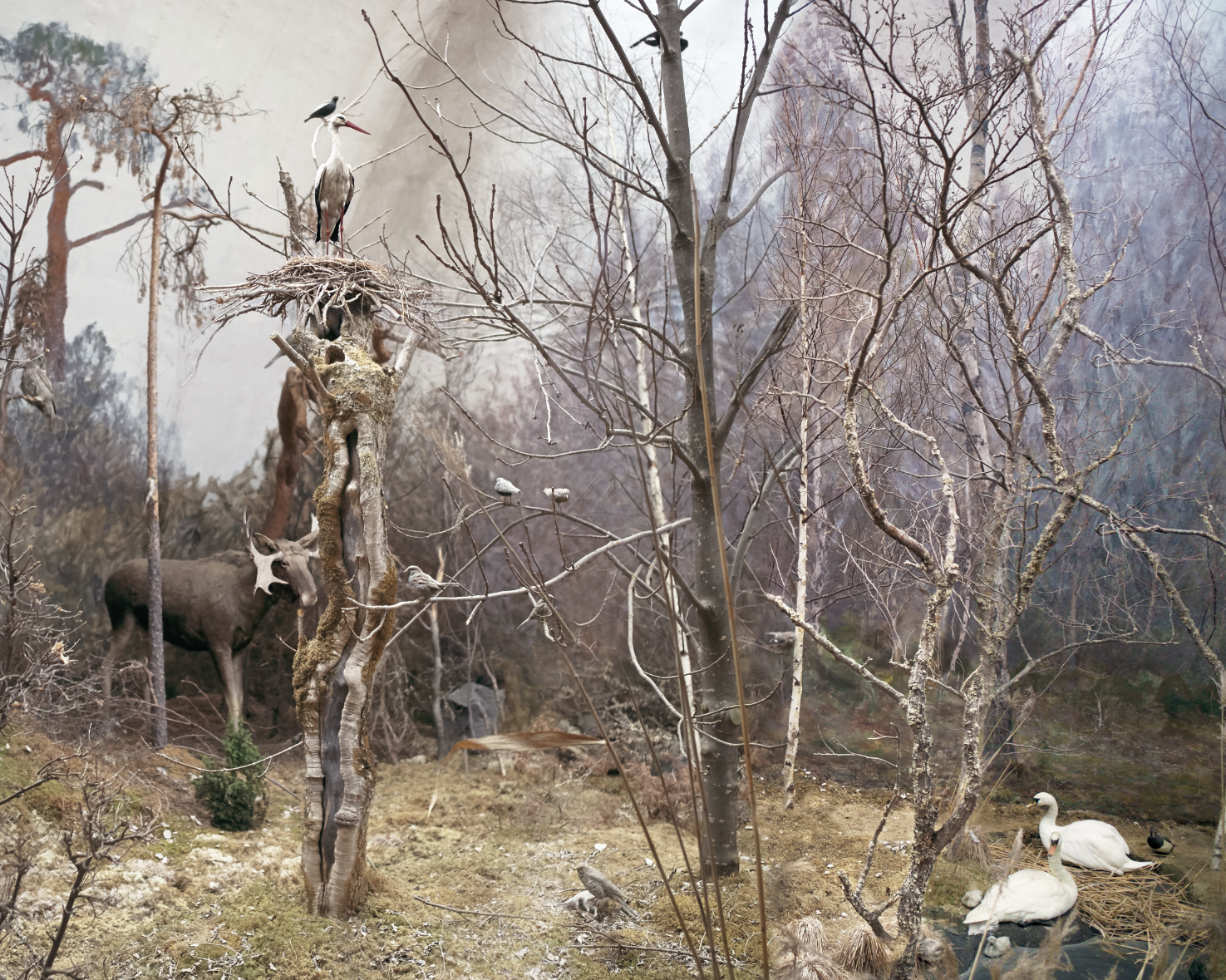
Panterfällen I, Biologiska Museet in Djurgården, Stockholm. 63 x 51 in (159 x 129 cm) Archival pigment print Ed. of 6
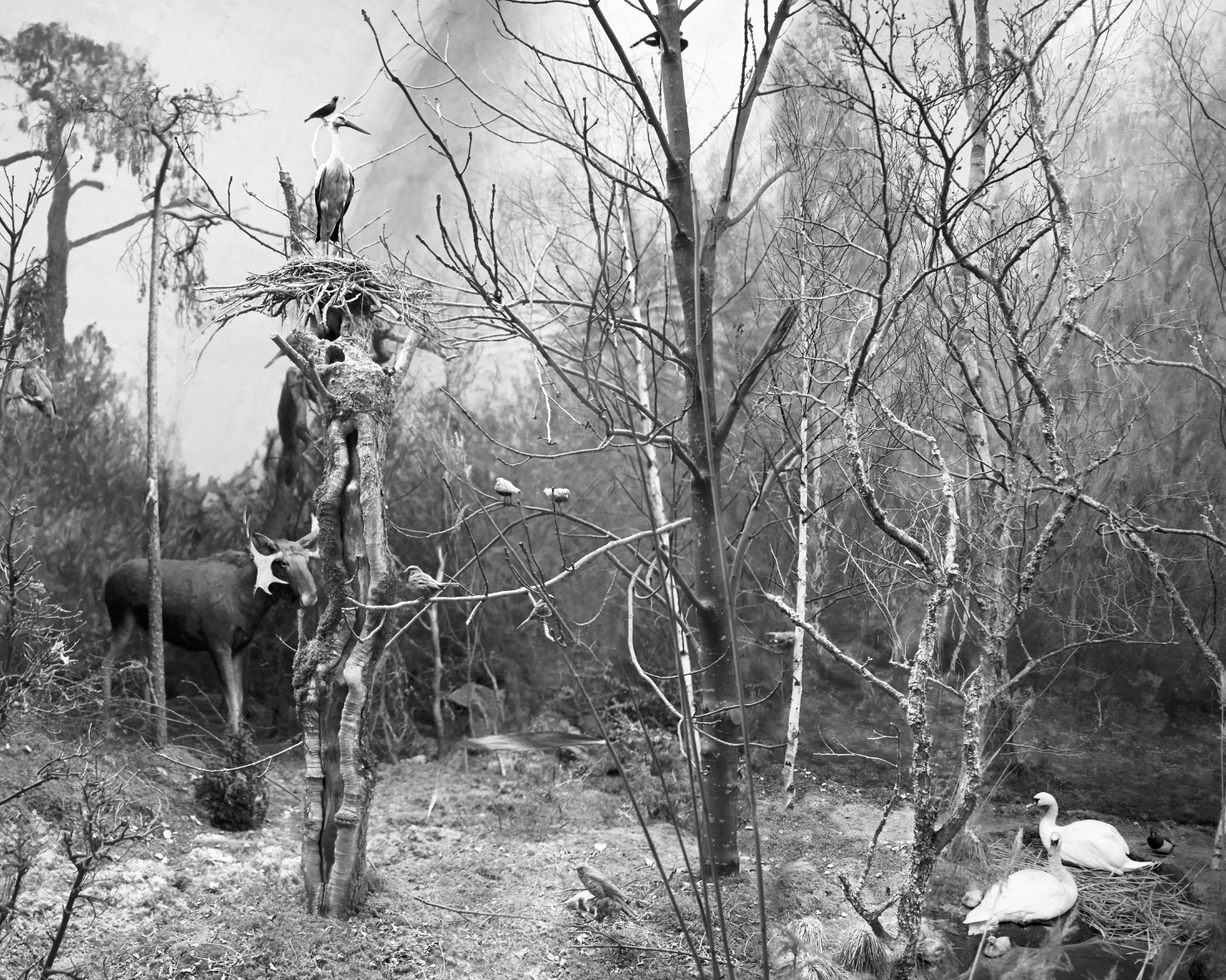
Panterfällen I, Biologiska Museet in Djurgården, Stockholm. 63 x 51 in (159 x 129 cm) Silver gelatin print Ed. of 6
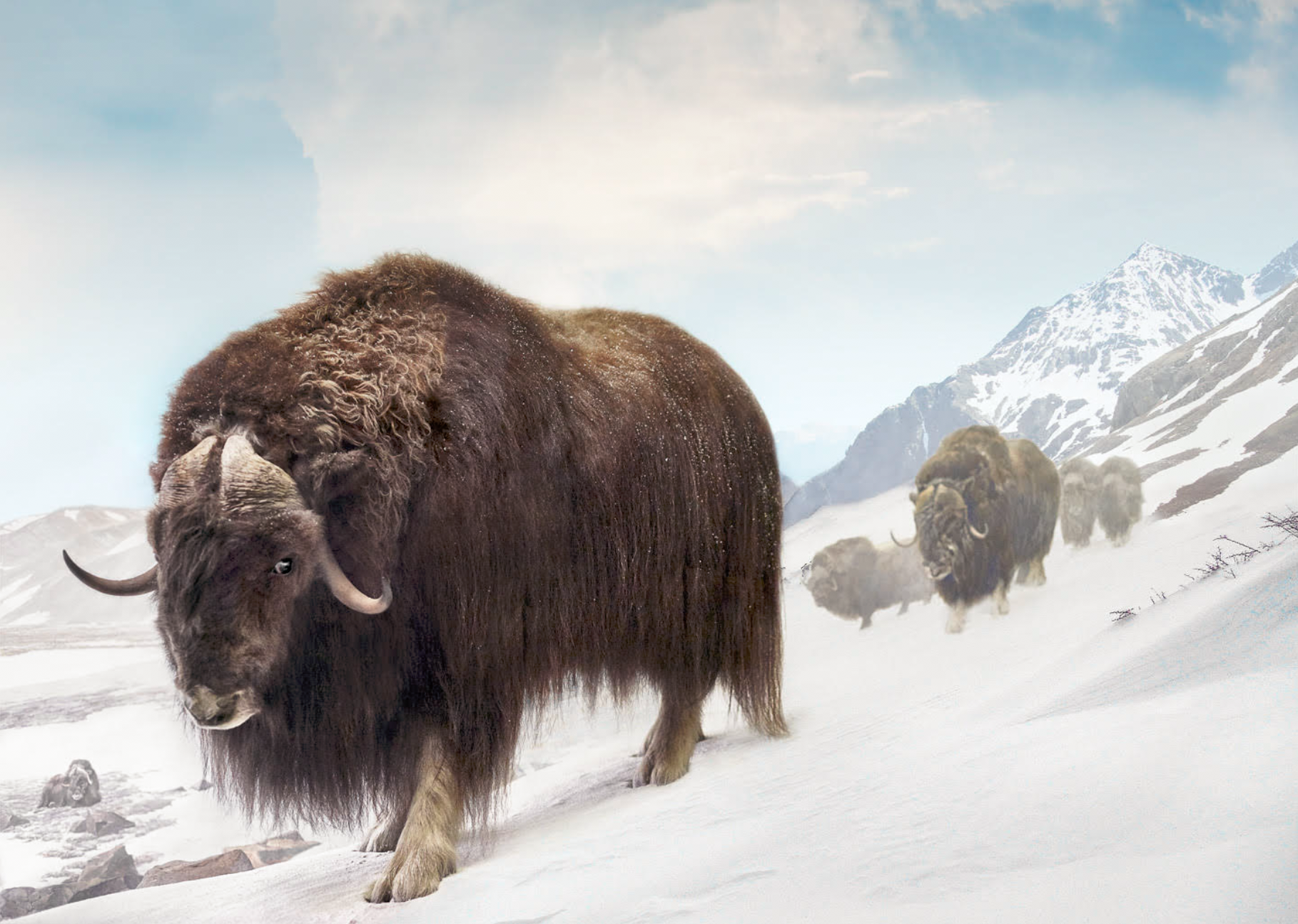
Muskox (Ovibos Moschatus) The Bellows, Discovery Harbor, Northern Ellesmere Island, Nunavut, Canada - American Museum of Natural History, NY. 63 x 44 in (159 x 113 cm) Archival pigment print Ed. of 6
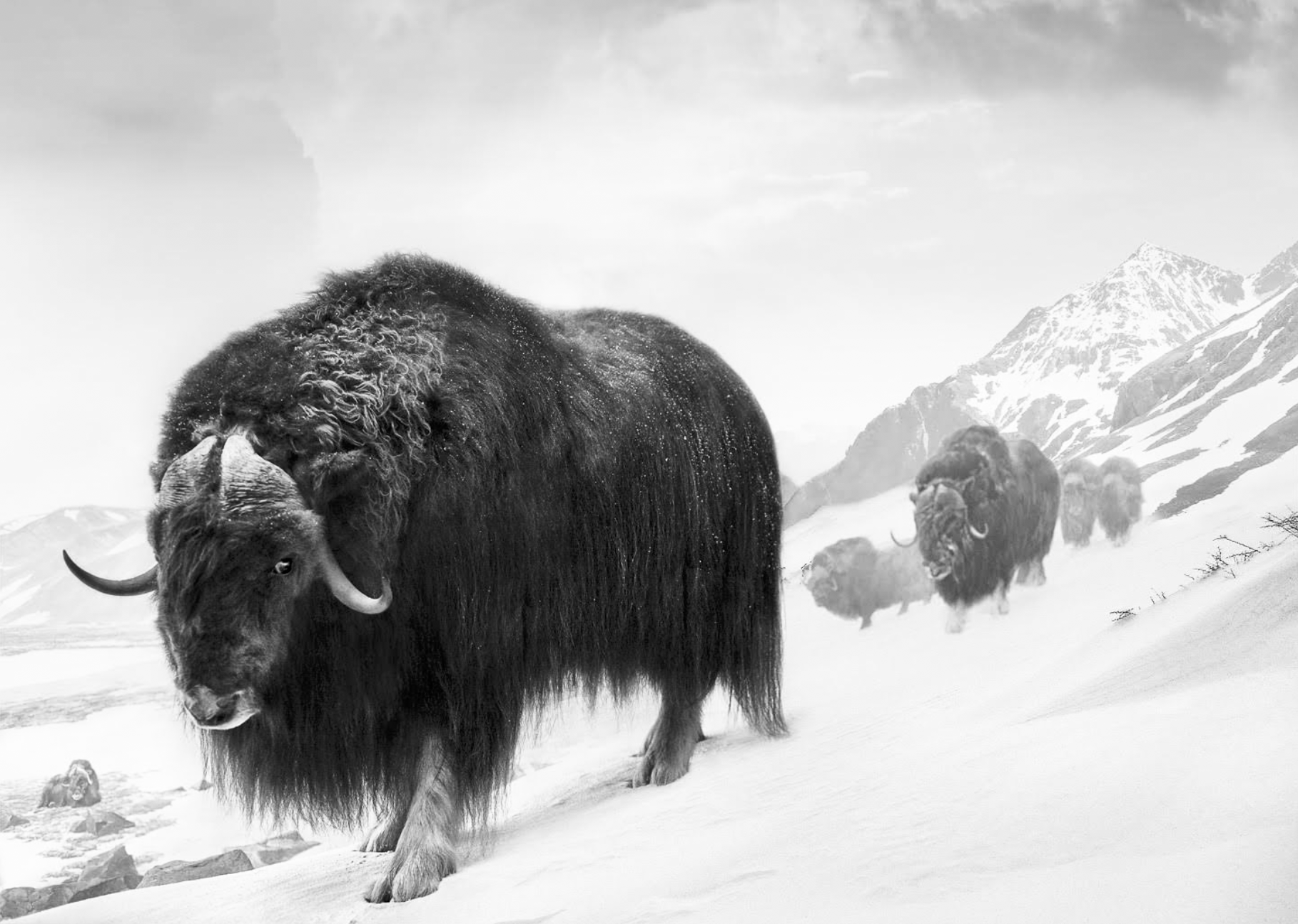
Muskox (Ovibos Moschatus) The Bellows, Discovery Harbor, Northern Ellesmere Island, Nunavut, Canada - American Museum of Natural History, NY. 63 x 44 in (159 x 113 cm) Silver gelatin print Ed. of 6
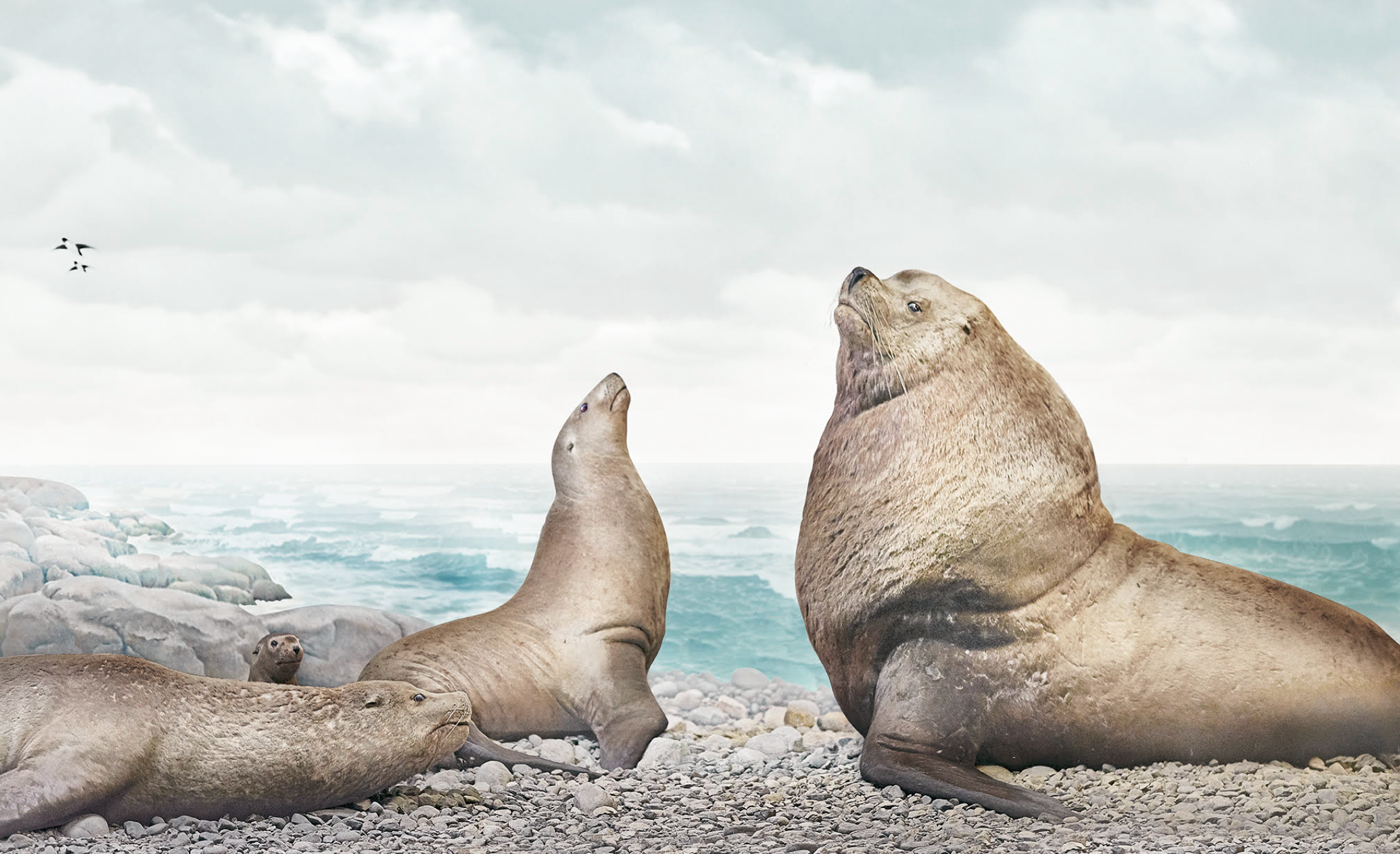
Sea Lion (Otariinae) - American Museum of Natural History, NY. 63 x 37 in (159 x 96 cm) Archival pigment print Ed. of 6
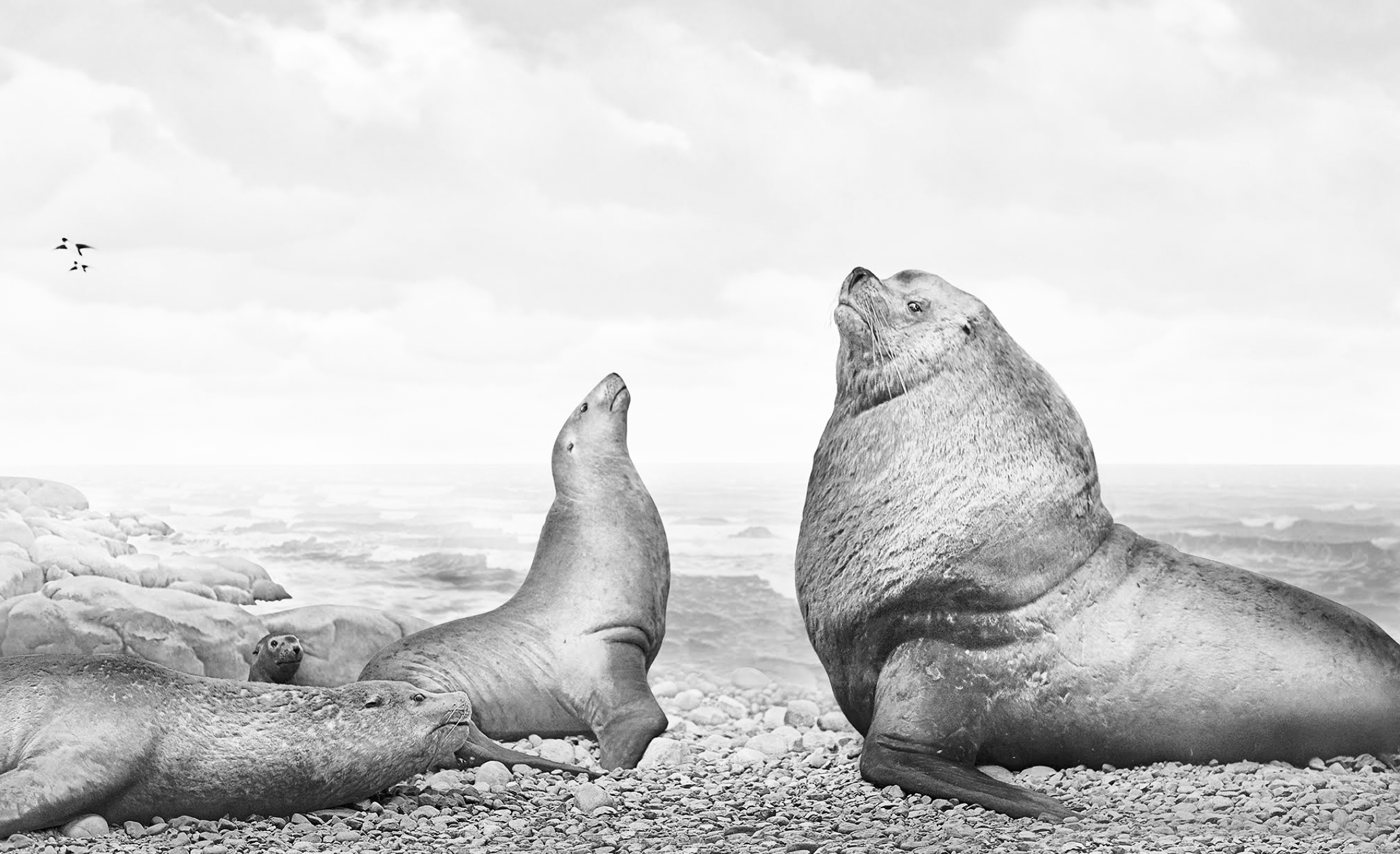
Sea Lion (Otariinae) - American Museum of Natural History, NY. 63 x 37 in (159 x 96 cm) Silver gelatin print Ed. of 6
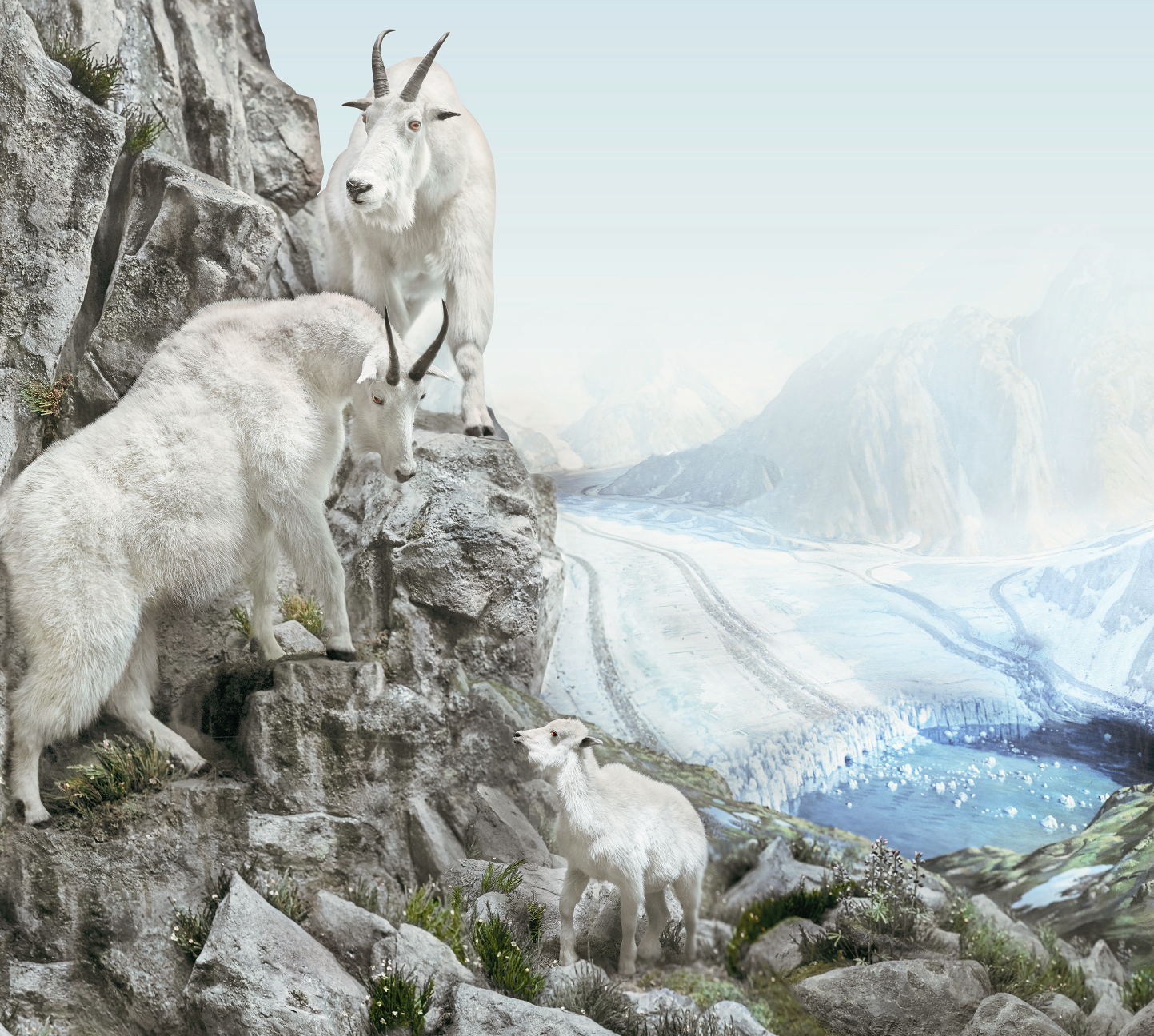
Mountain Goat (Oreamnos Americanus) Ford's Terror Inlet, Alaska - American Museum of Natural History, NY. 63 x 63 in (159 x 159 cm) Archival pigment print Ed. of 6
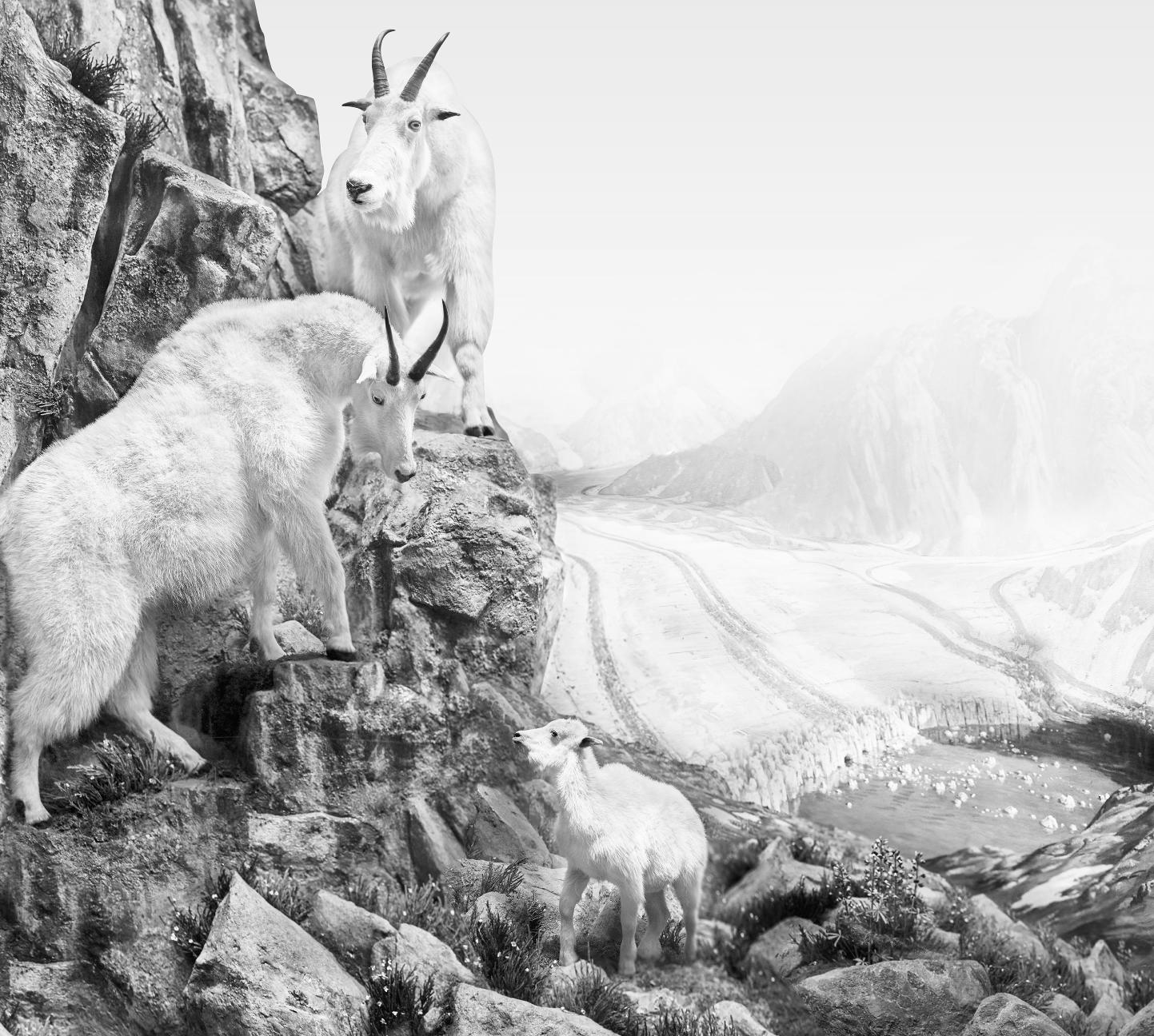
Mountain Goat (Oreamnos Americanus) Ford's Terror Inlet, Alaska - American Museum of Natural History, NY. 63 x 63 in (159 x 159 cm) Silver gelatin print Ed. of 6
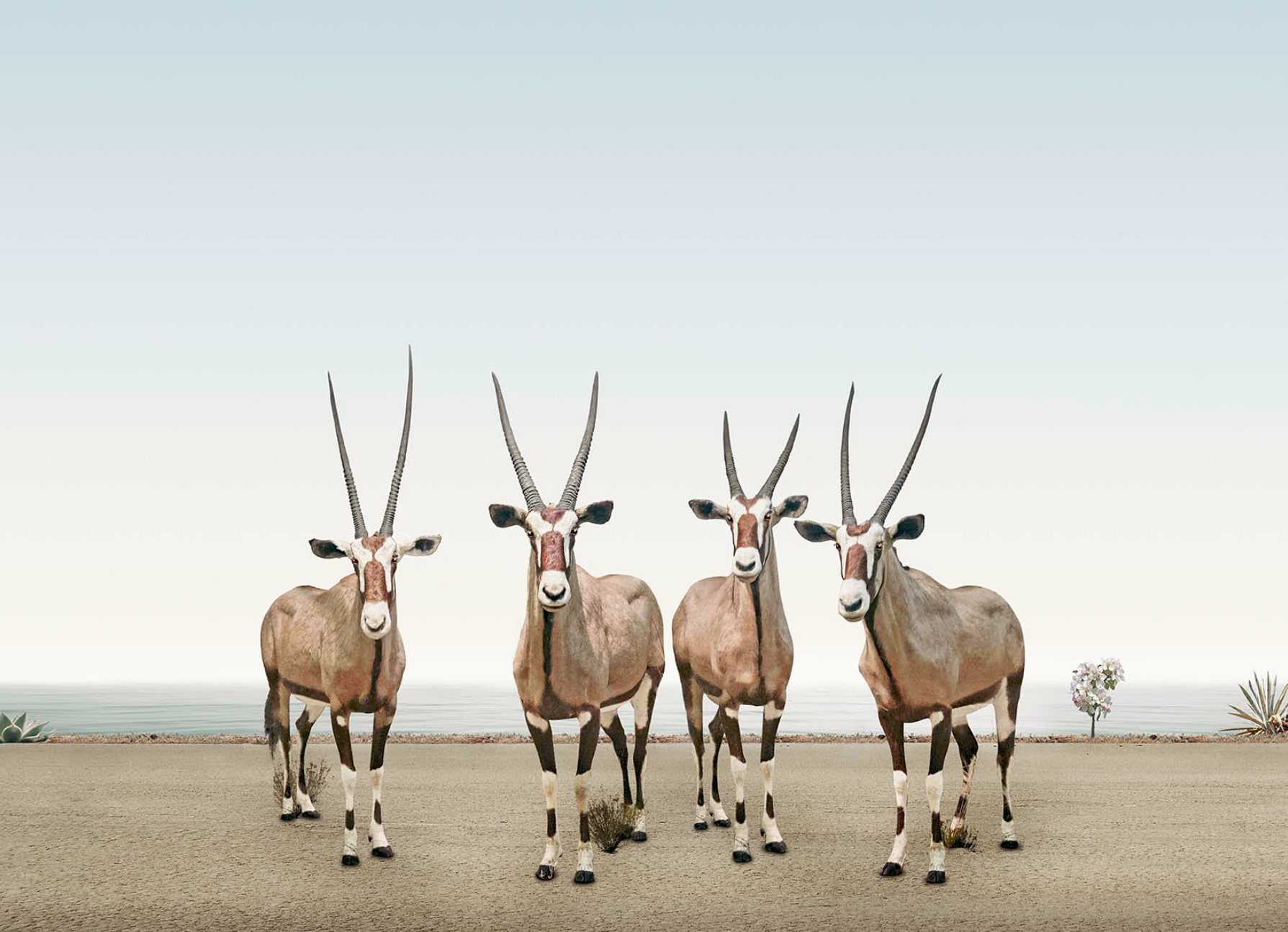
Gemsbok (Oryx Gazella), Kalahari Desert, Botswana - American Museum of Natural History, NY. 63 x 45 in (159 x 115 cm) Archival pigment print Ed. of 6
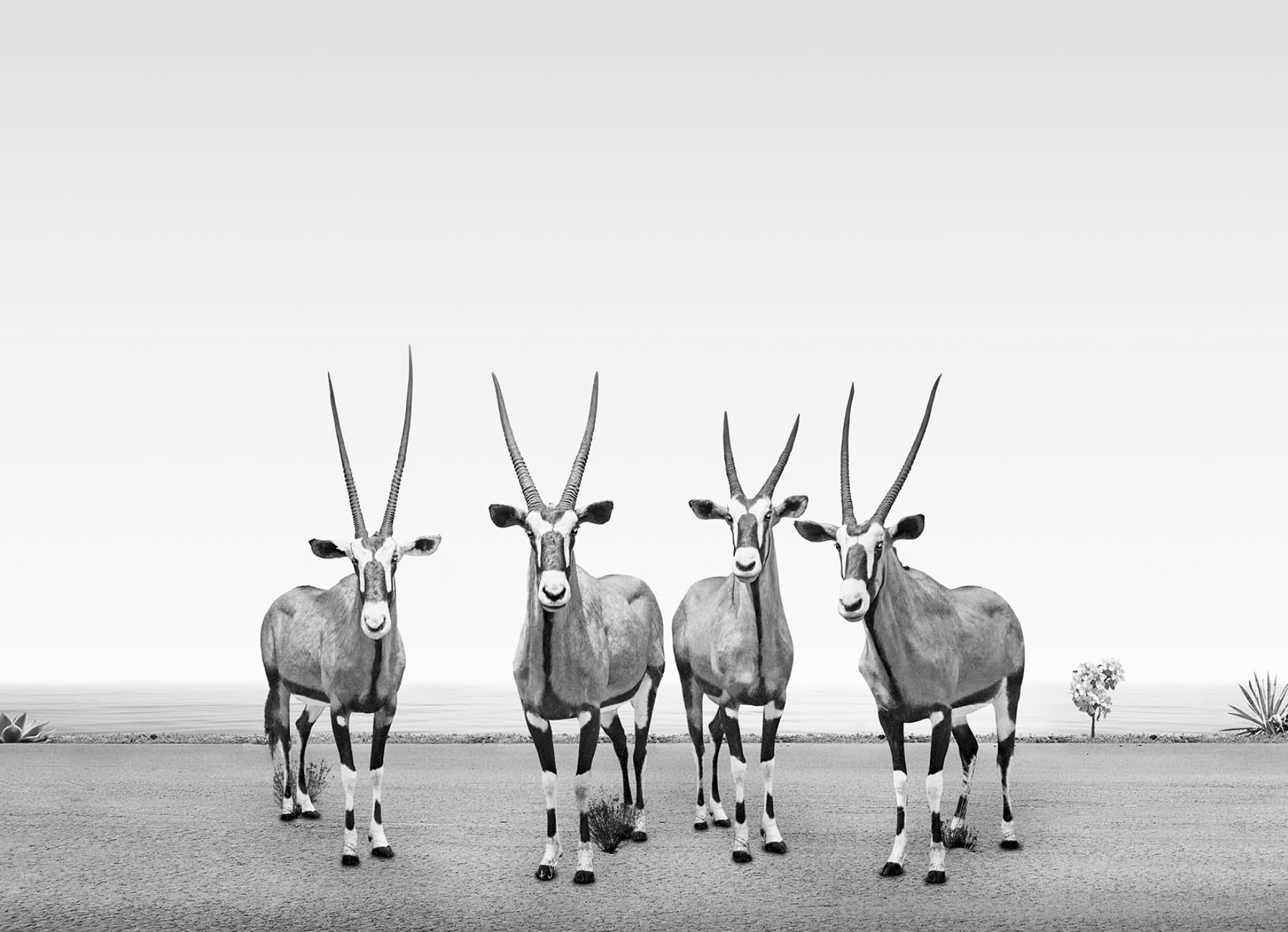
Gemsbok (Oryx Gazella), Kalahari Desert, Botswana - American Museum of Natural History, NY. 63 x 45 in (159 x 115 cm) Silver gelatin print Ed. of 6
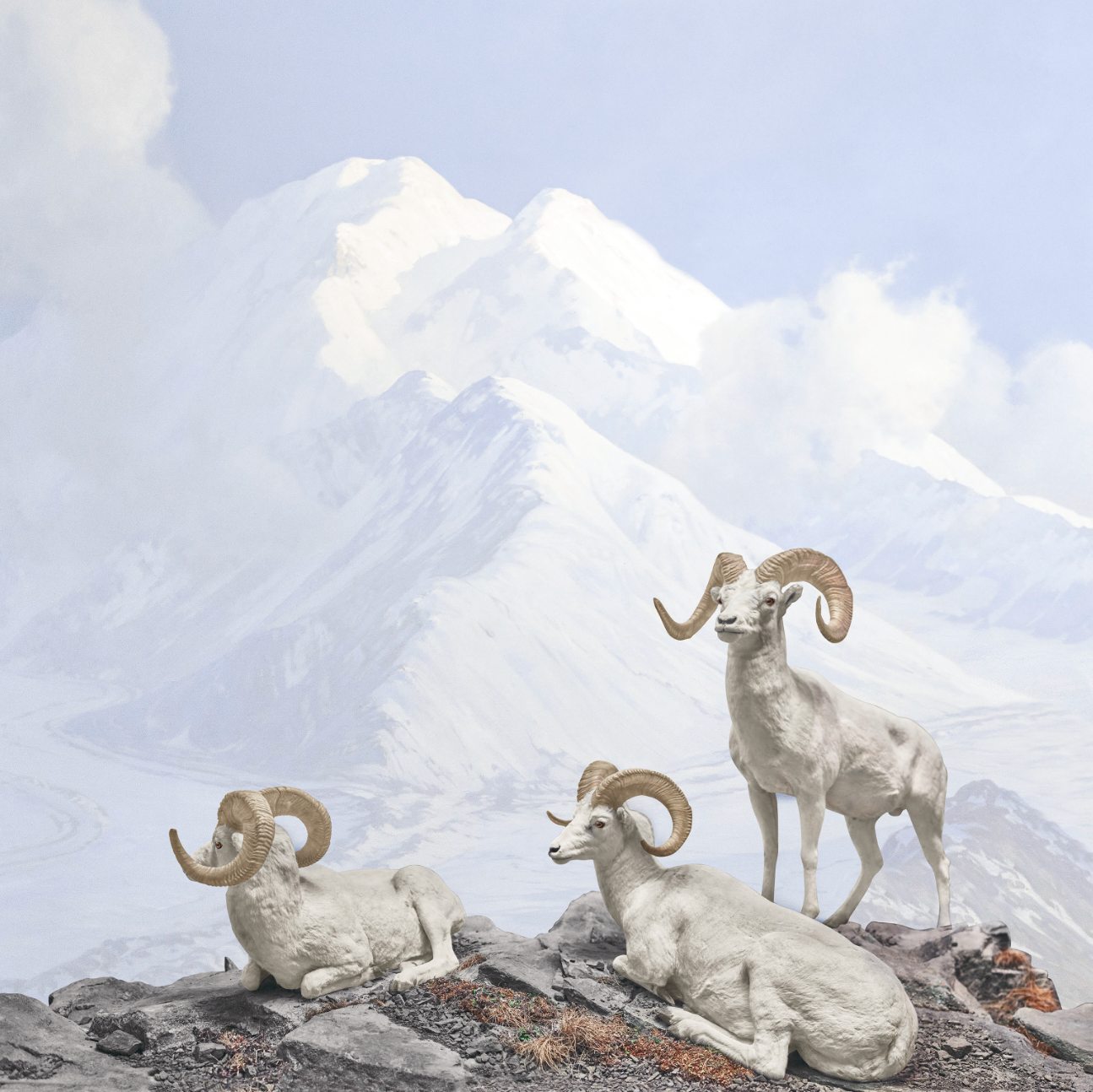
Dall’s Sheep (Ovis Dalli), Denali National Park, Alaska - American Museum of Natural History, NY. 63 x 63 in (159 x 159 cm) Archival pigment print Ed. of 6
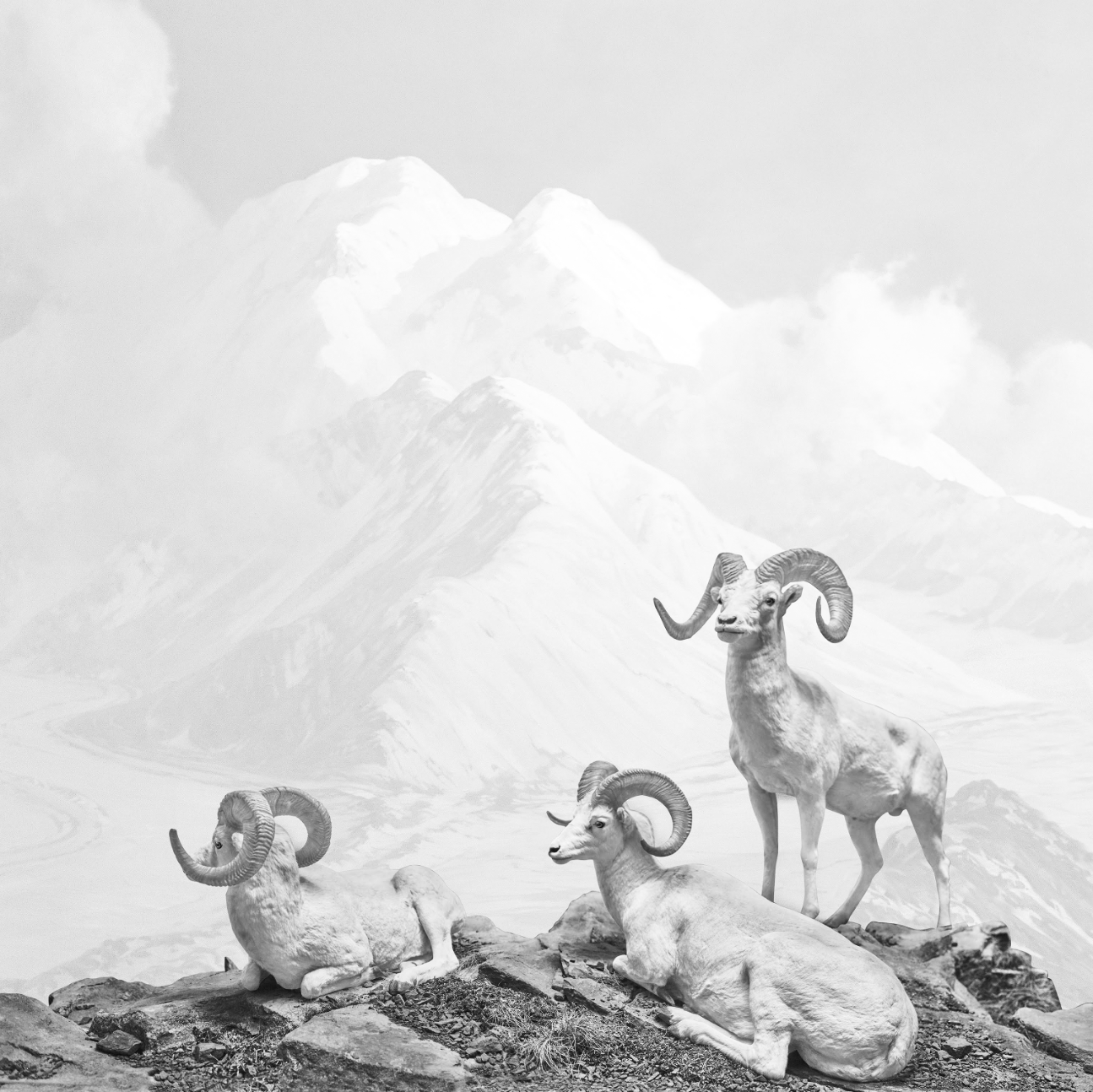
Dall’s Sheep (Ovis Dalli), Denali National Park, Alaska - American Museum of Natural History, NY. 63 x 63 in (159 x 159 cm) Silver gelatin print Ed. of 6
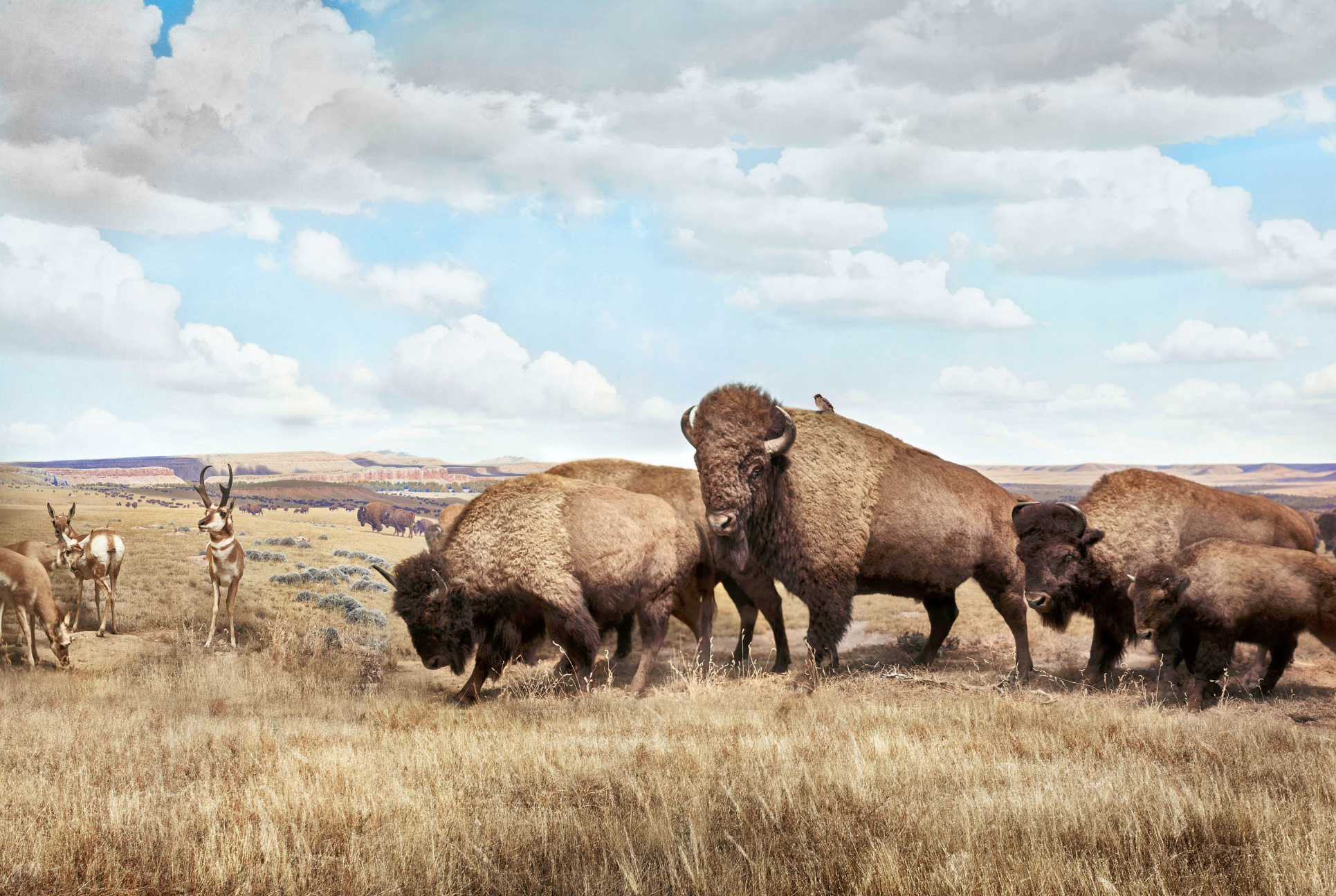
American Bison and Pronghorn Antelopes, (Bison Bison and Antilocapara Americina), between Rawlins and Saratoga, Wyoming - American Museum of Natural History, NY. 63 x 34 in (159 x 87 cm) Archival pigment print Ed. of 6
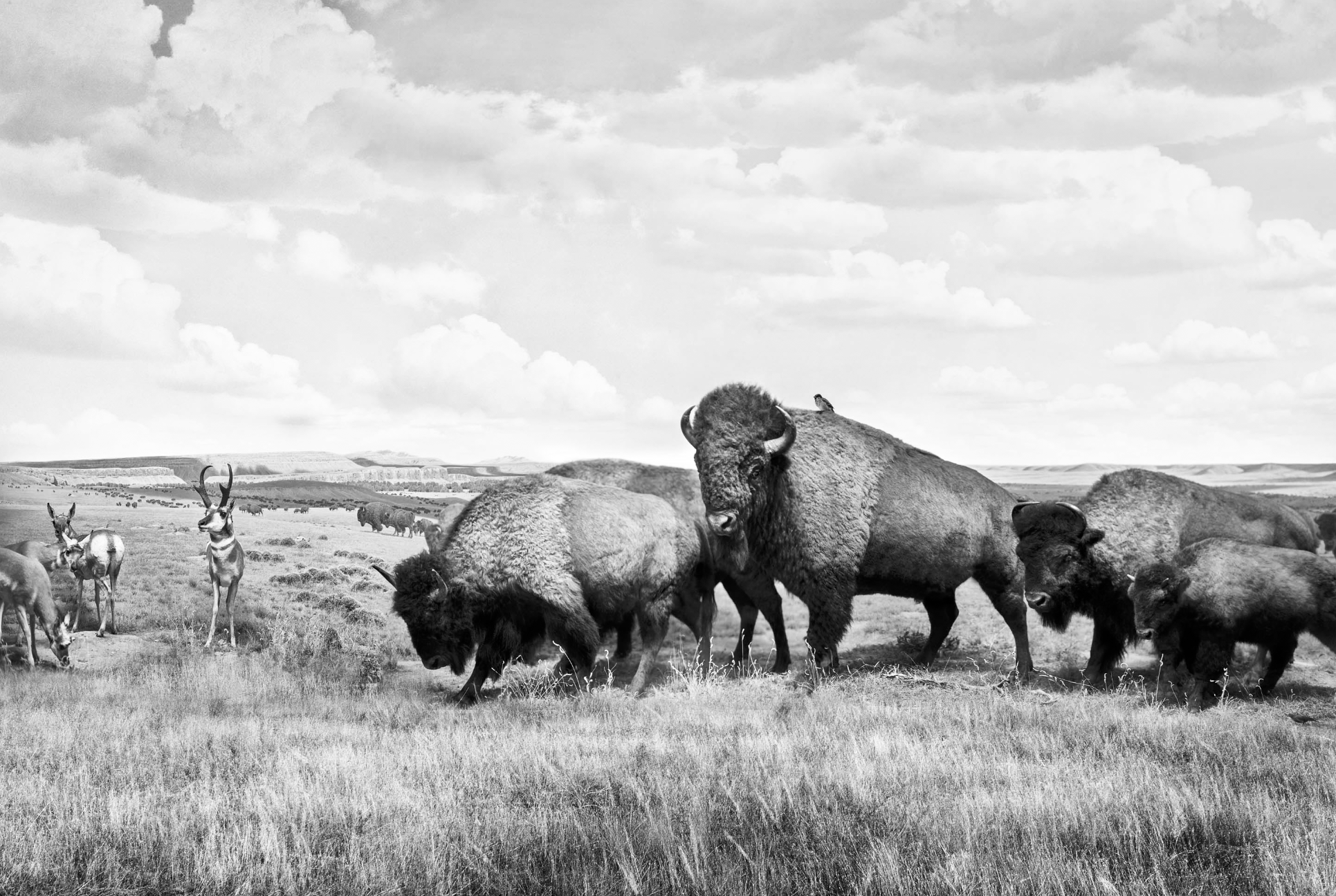
American Bison and Pronghorn Antelopes, (Bison Bison and Antilocapara Americina), between Rawlins and Saratoga, Wyoming - American Museum of Natural History, NY. 63 x 34 in (159 x 87 cm) Silver gelatin print Ed. of 6
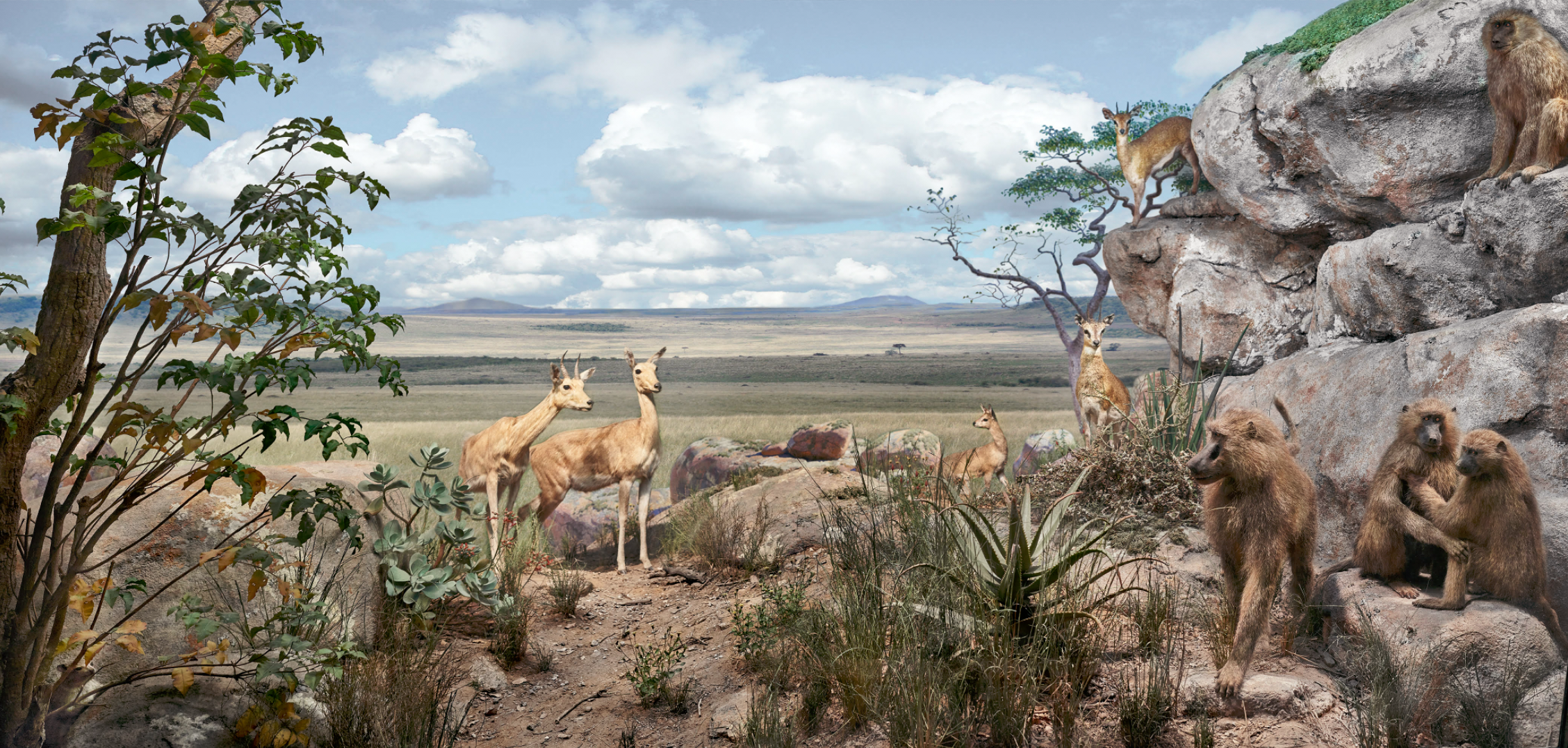
Klipspringer (Oreotragus), Lukenia Hills, Kenya - American Museum of Natural History, NY. 63 x 30 in (159 x 76 cm) Archival pigment print Ed. of 6
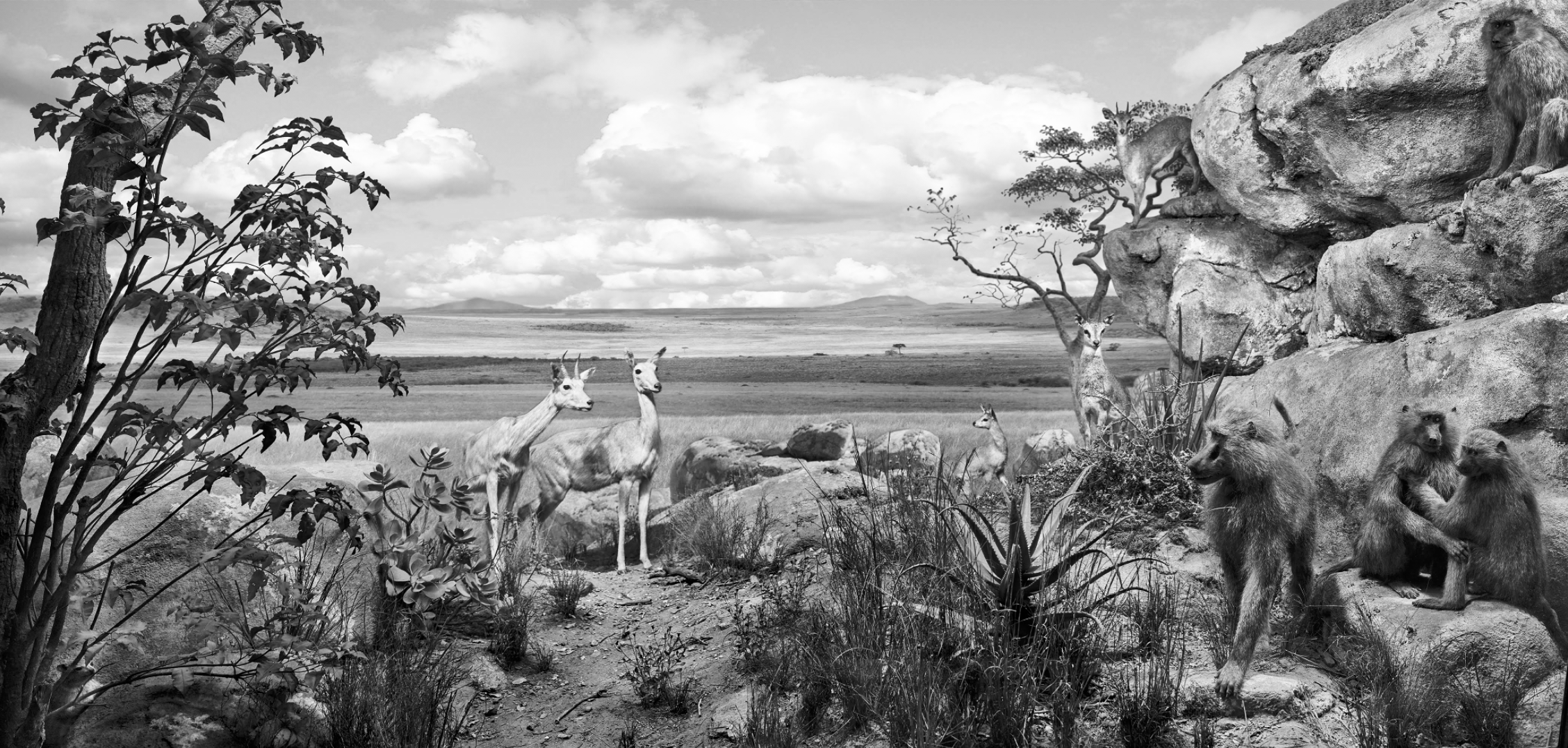
Klipspringer (Oreotragus), Lukenia Hills, Kenya - American Museum of Natural History, NY. 63 x 30 in (159 x 76 cm) Silver gelatin print Ed. of 6
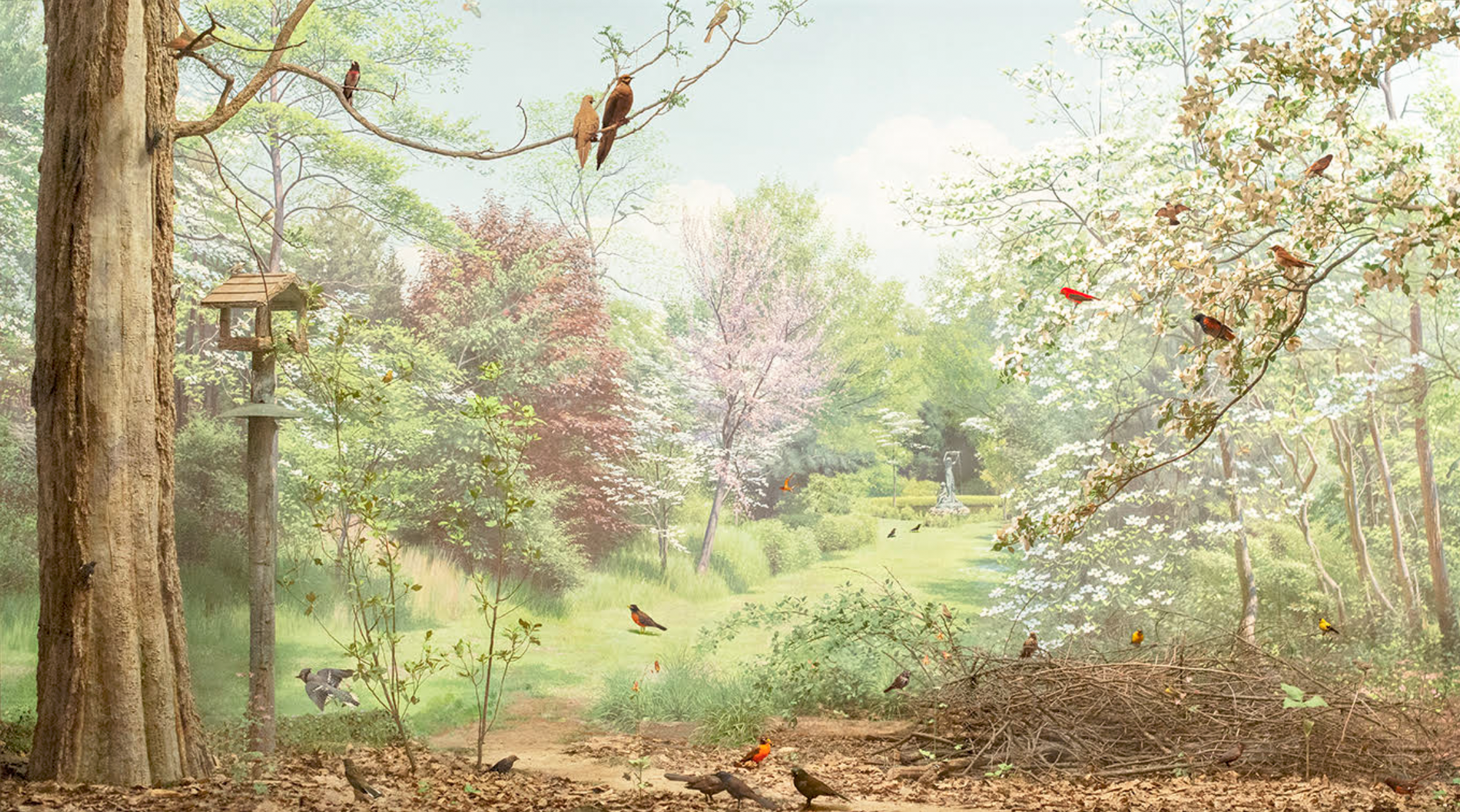
Bird Sanctuary, Roosevelt's Oyster Bay, Sagamore Hill - American Museum of Natural History, NY. 63 x 34 in (159 x 87 cm) Archival pigment print Ed. of 6
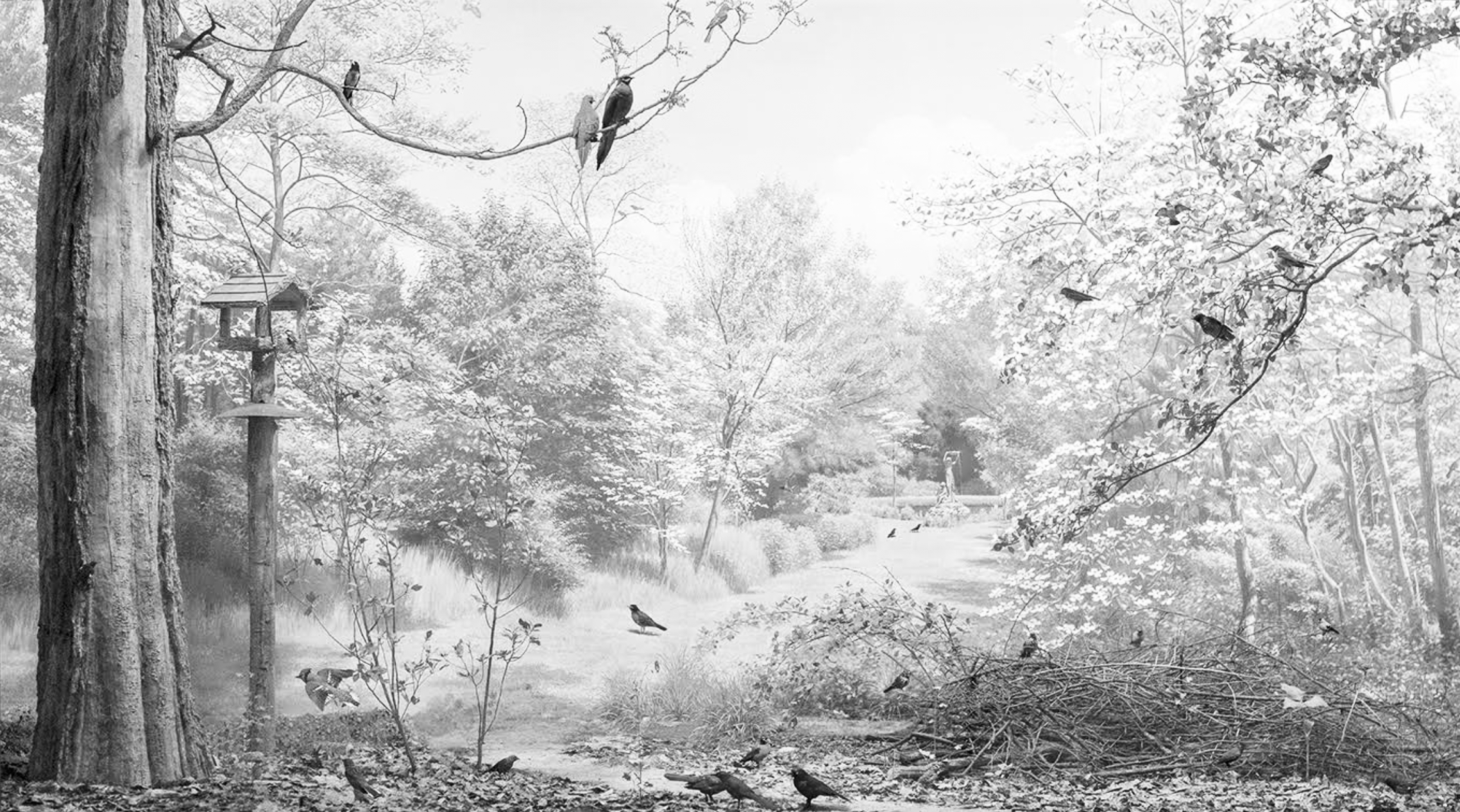
Bird Sanctuary, Roosevelt's Oyster Bay, Sagamore Hill - American Museum of Natural History, NY. 63 x 34 in (159 x 87 cm) Silver gelatin print Ed. of 6
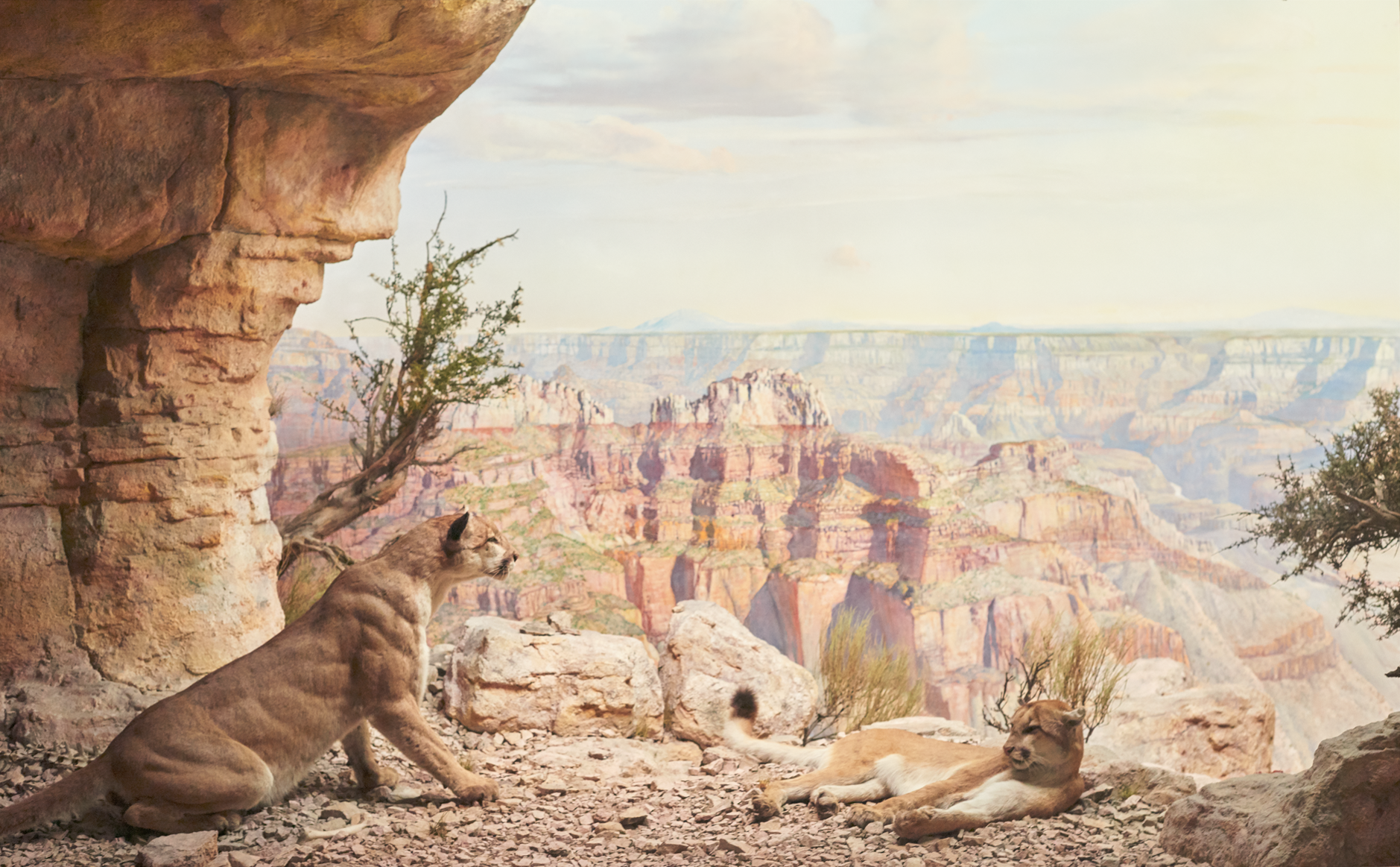
Mountain Lion (Puma Concolor) Grand Canyon, Arizona - American Museum of Natural History, NY. 63 x 39 in (159 x 98 cm) Archival pigment print Ed. of 6
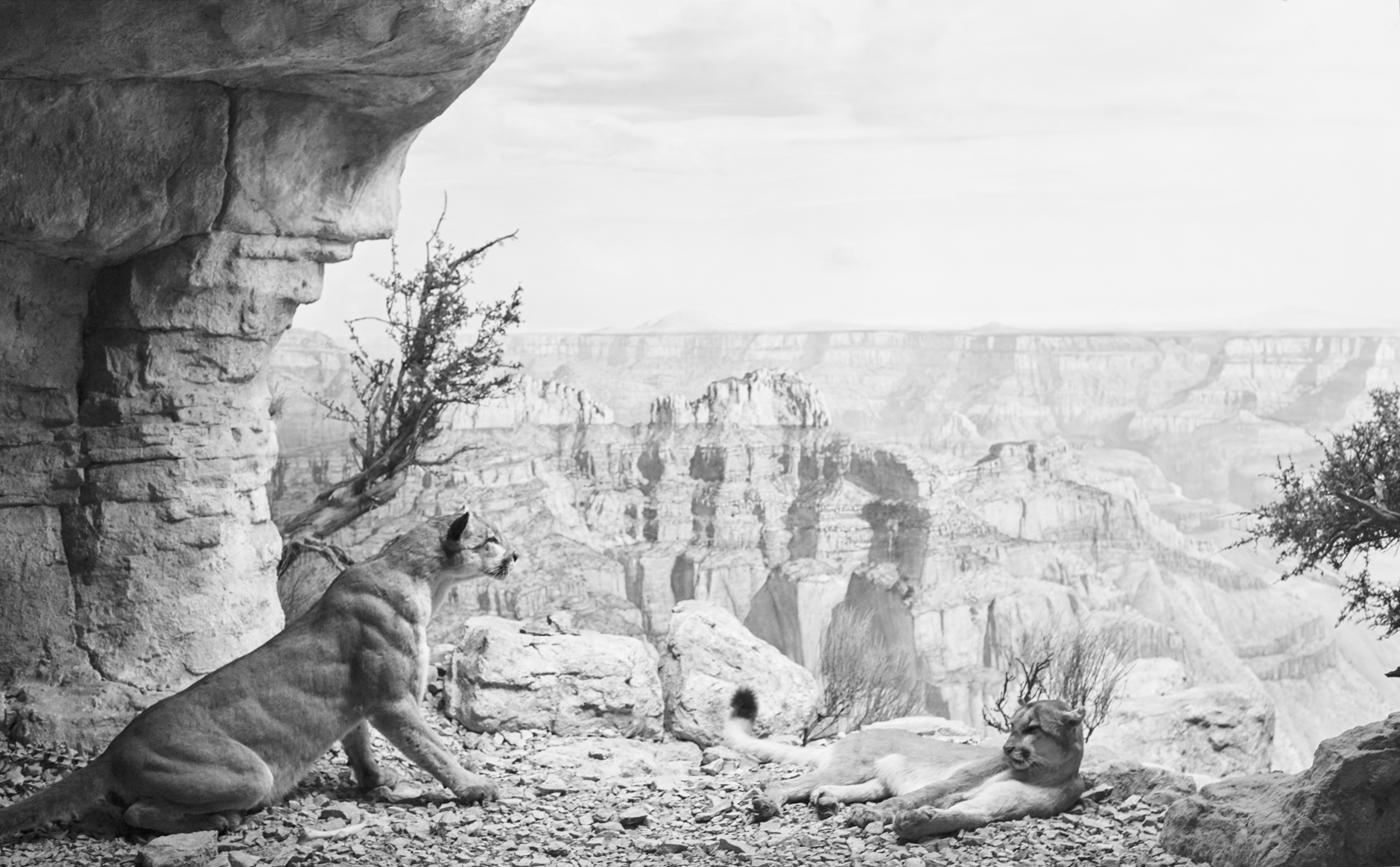
Mountain Lion (Puma Concolor) Grand Canyon, Arizona - American Museum of Natural History, NY. 63 x 39 in (159 x 98 cm) Silver gelatin print Ed. of 6
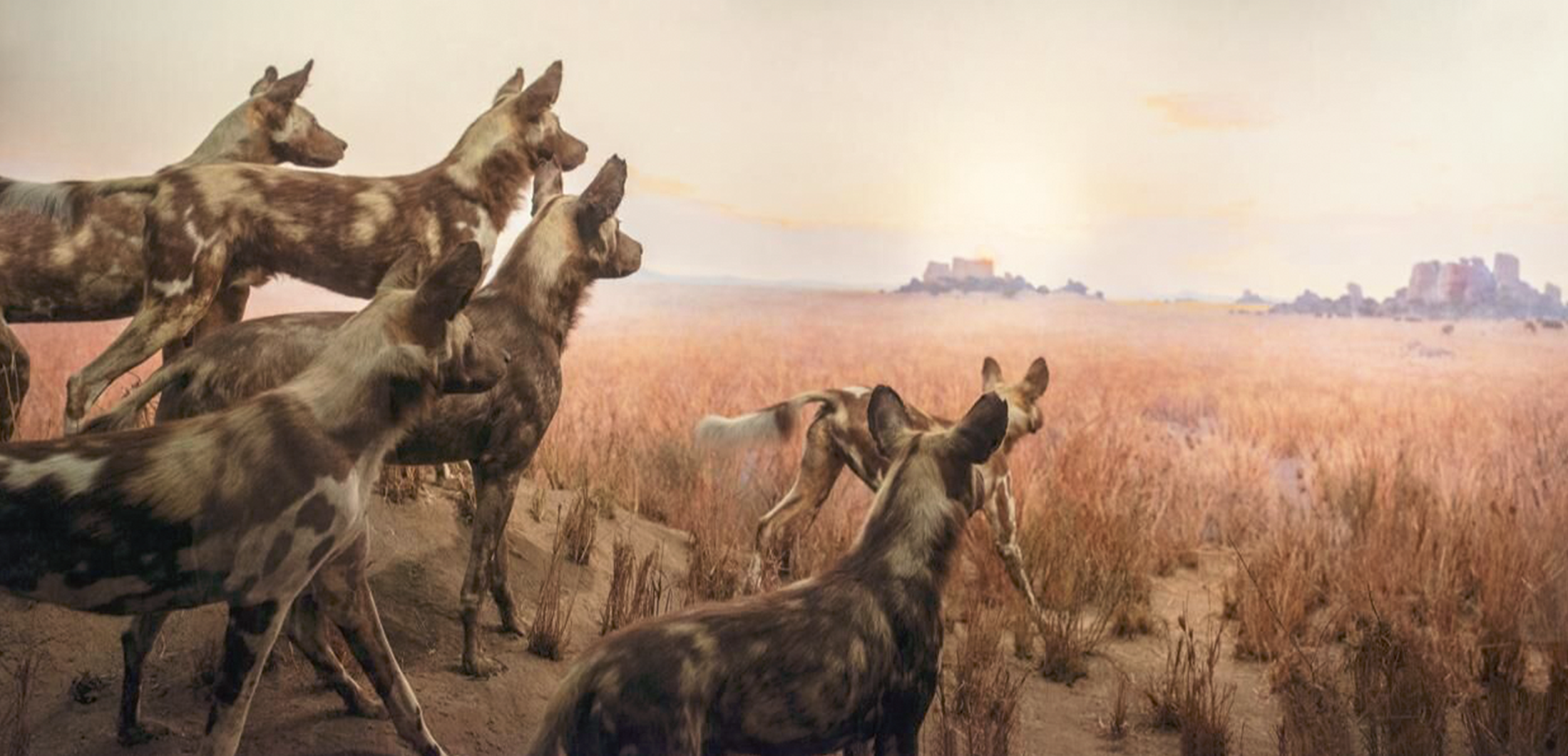
Hunting Dog (Lycaon Pictus) Serengeti Plain, Northern Tanzania - American Museum of Natural History, NY. 63 x 30 in (159 x 77 cm) Archival pigment print Ed. of 6
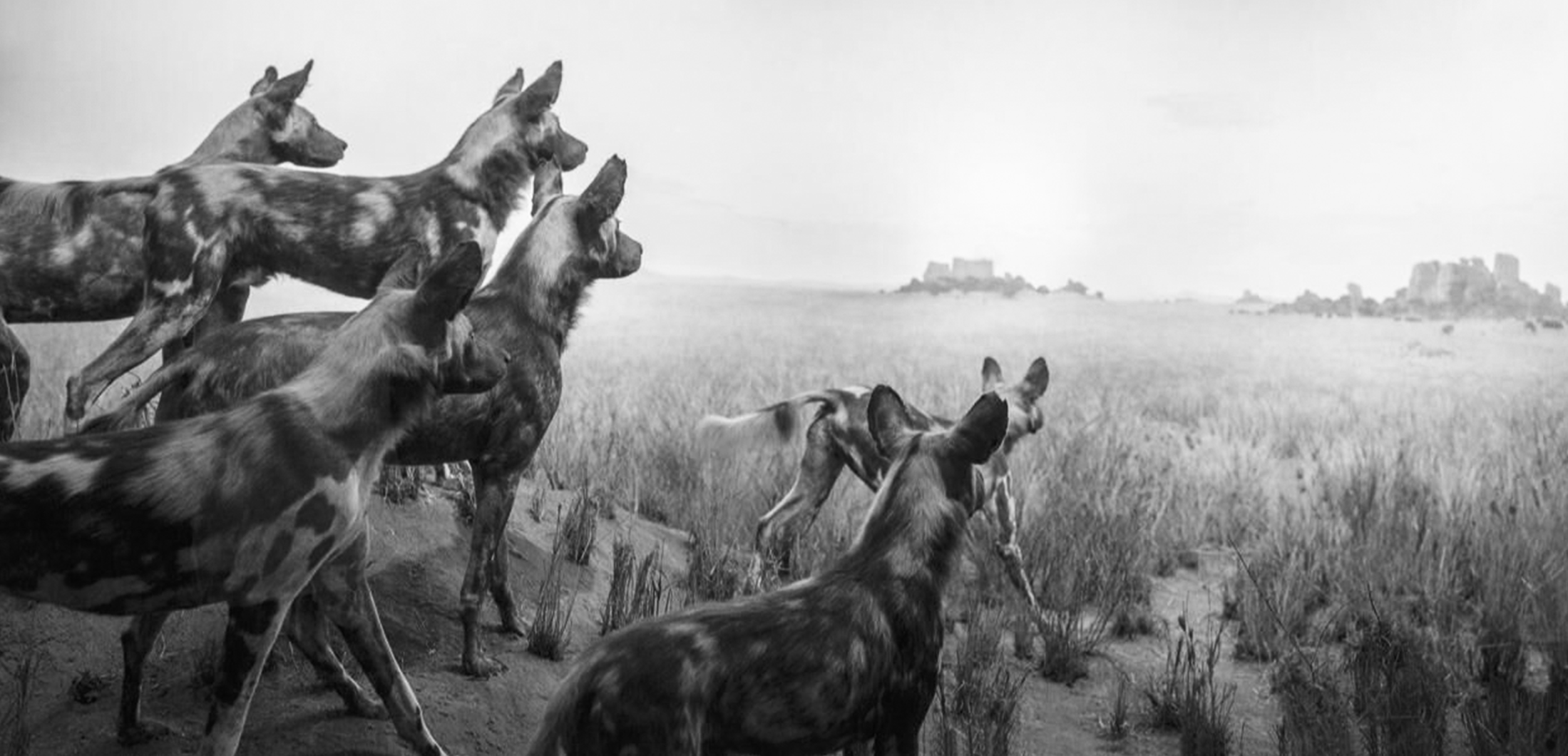
Hunting Dog (Lycaon Pictus) Serengeti Plain, Northern Tanzania - American Museum of Natural History, NY. 63 x 30 in (159 x 77 cm) Silver gelatin print Ed. of 6
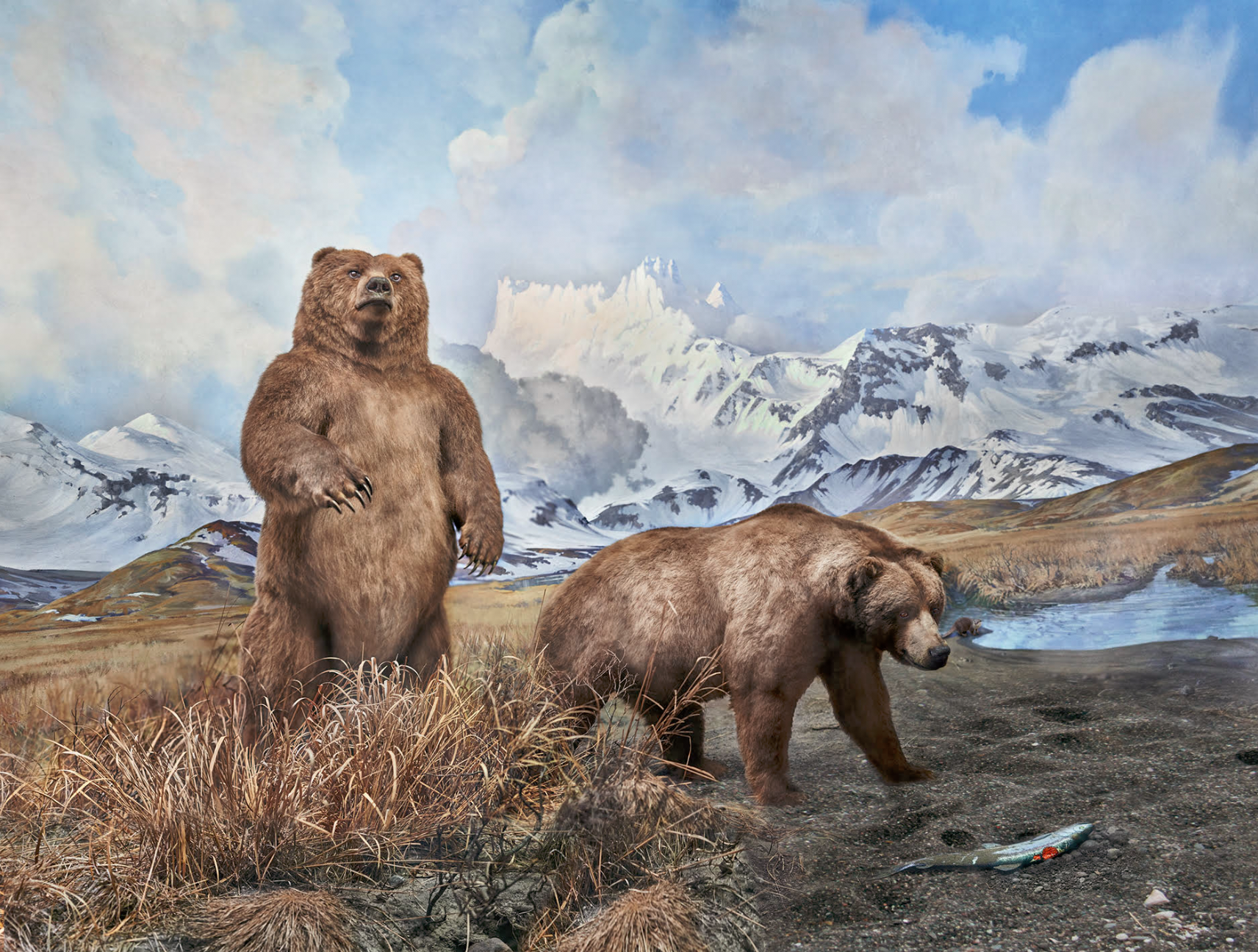
Alaska Brown Bear (Ursus Arctos Middendorffii) Canoe Bay, Alaska Peninsula - American Museum of Natural History, NY. 63 x 47 in (159 x 120 cm) Archival pigment print Ed. of 6
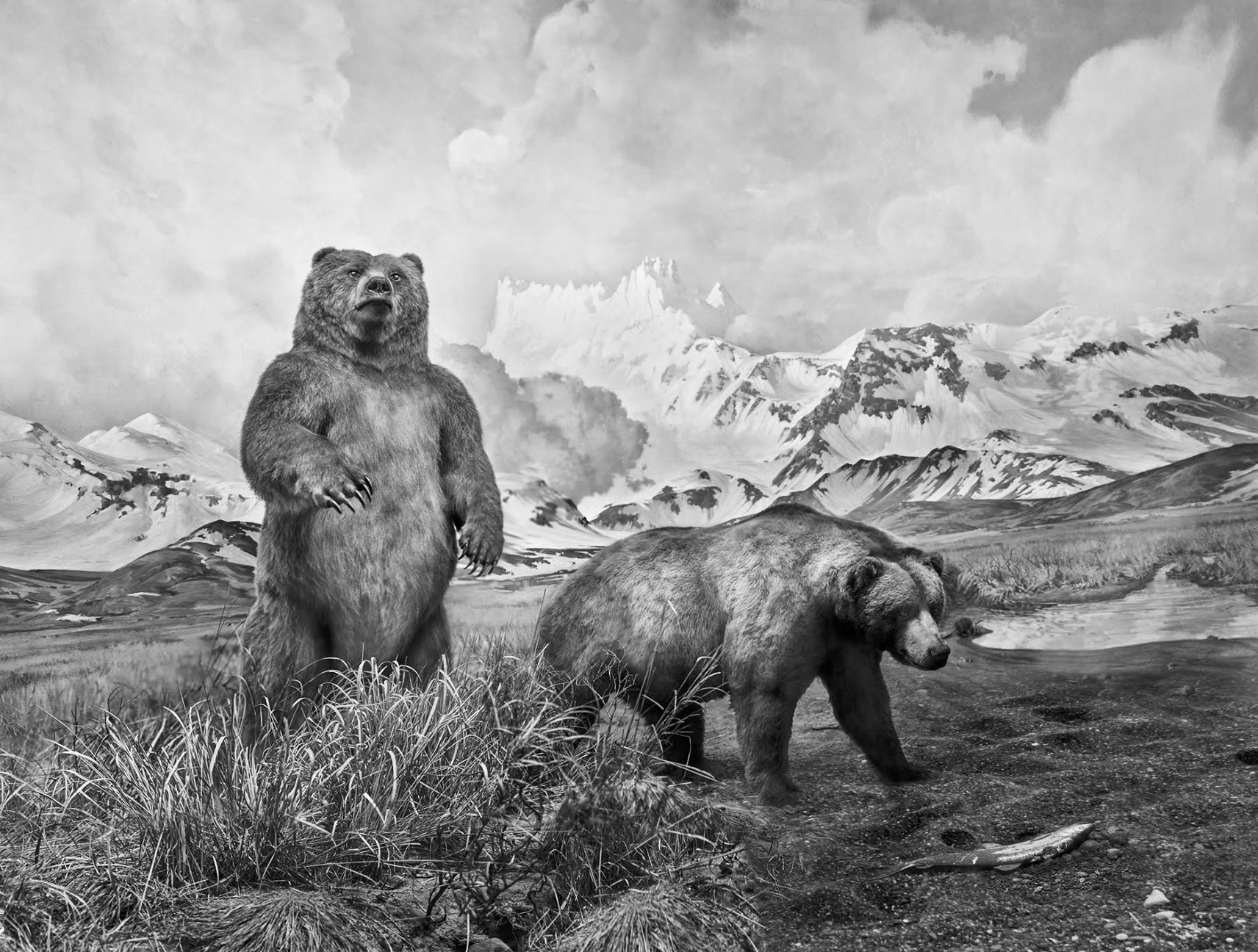
Alaska Brown Bear (Ursus Arctos Middendorffii) Canoe Bay, Alaska Peninsula - American Museum of Natural History, NY. 63 x 47 in (159 x 120 cm) Silver gelatin print Ed. of 6
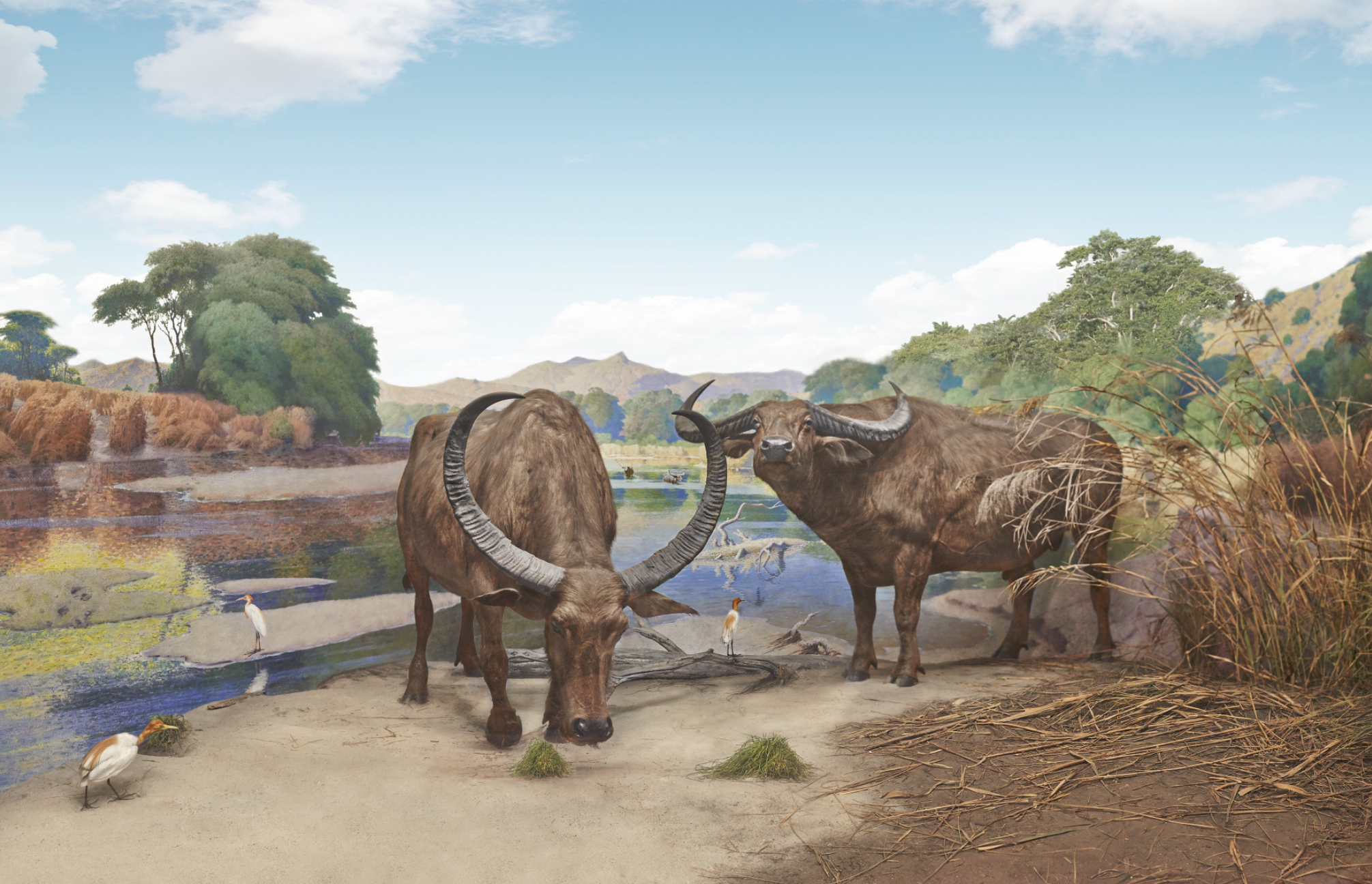
Wild Water Buffalo (Bubalus Arnee) native to the Indian and Southeast - American Museum of Natural History, NY. 63 x 34 in (159 x 87 cm) Archival pigment print Ed. of 6
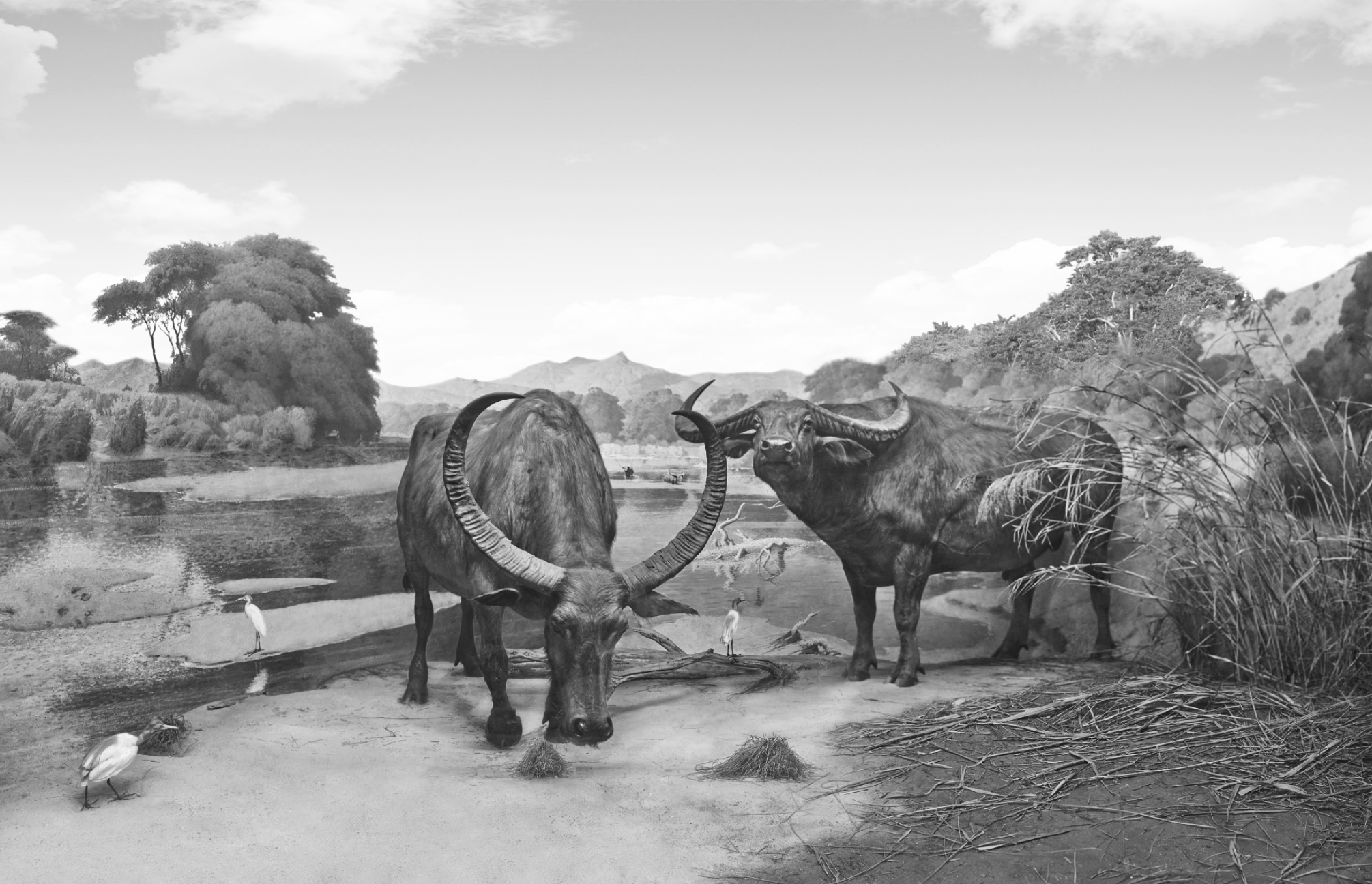
Wild Water Buffalo (Bubalus Arnee) native to the Indian and Southeast - American Museum of Natural History, NY. 63 x 34 in (159 x 87 cm) Silver gelatin print Ed. of 6
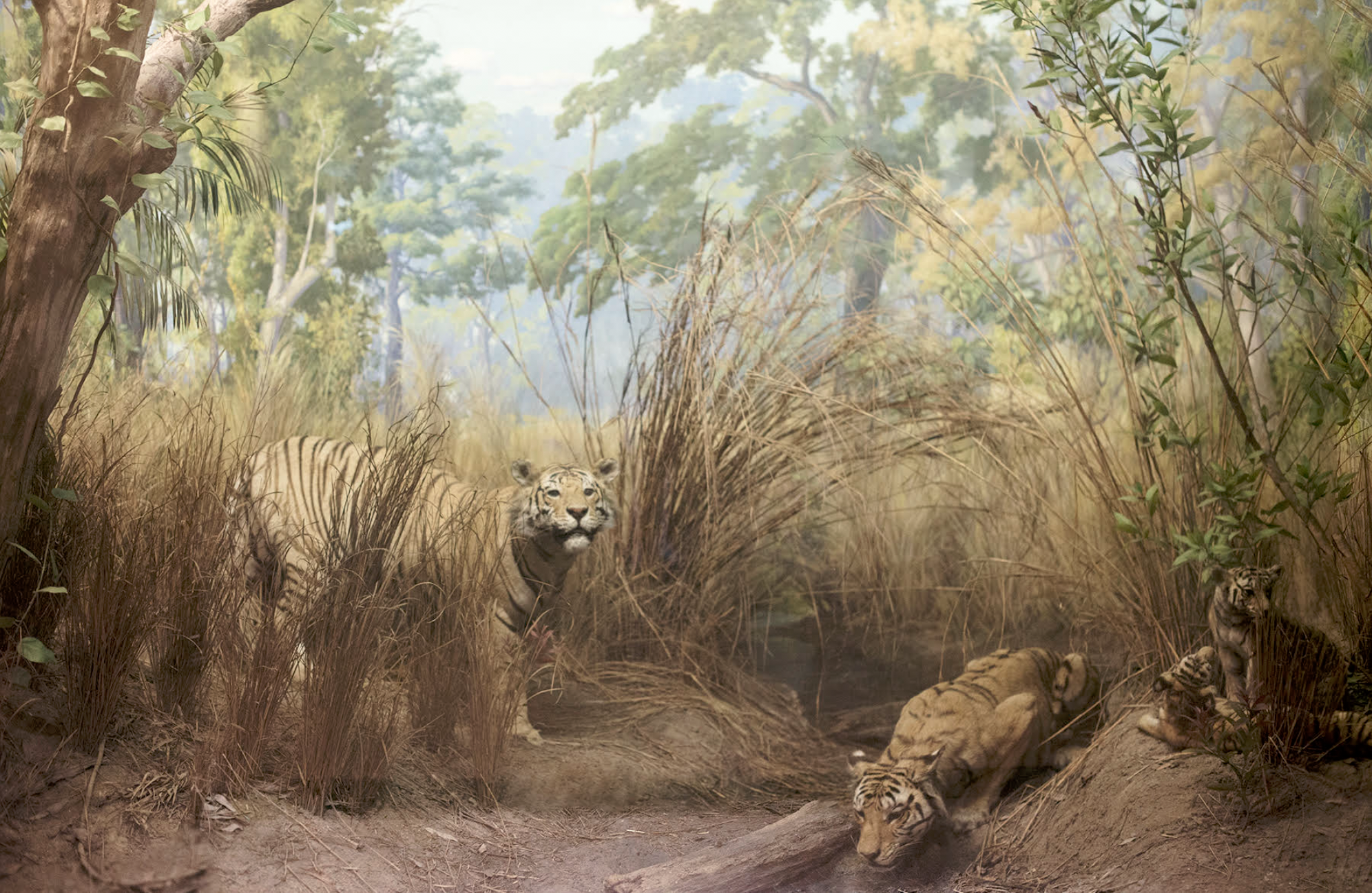
Siberian Tigers (Panthera tigris alpaca) Russian Far East, Northeast China, North Korea - American Museum of Natural History, NY. 63 x 40 in (159 x 103 cm) Archival pigment print Ed. of 6
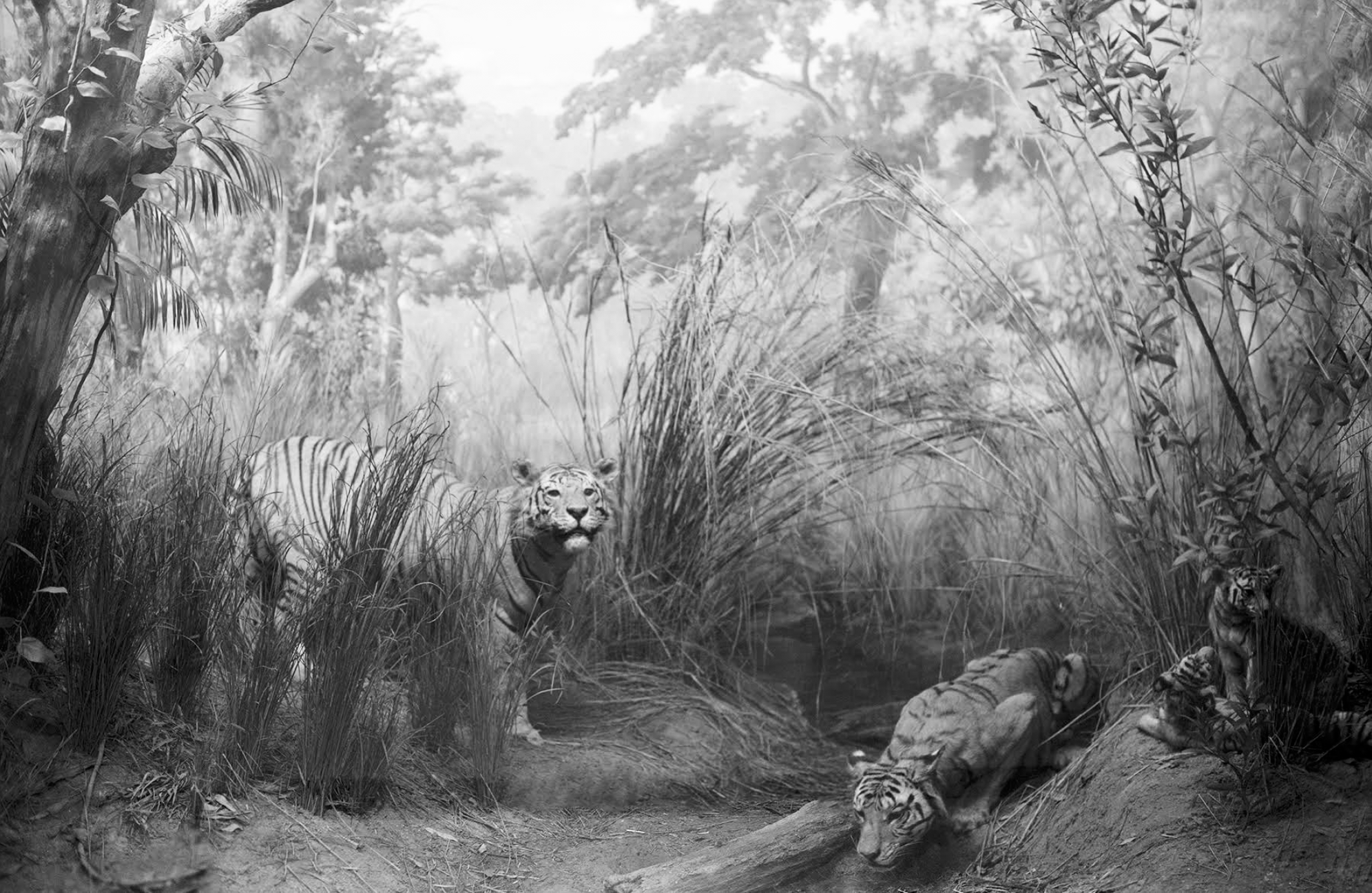
Siberian Tigers (Panthera tigris alpaca) Russian Far East, Northeast China, North Korea - American Museum of Natural History, NY. 63 x 40 in (159 x 103 cm) Silver gelatin print Ed. of 6
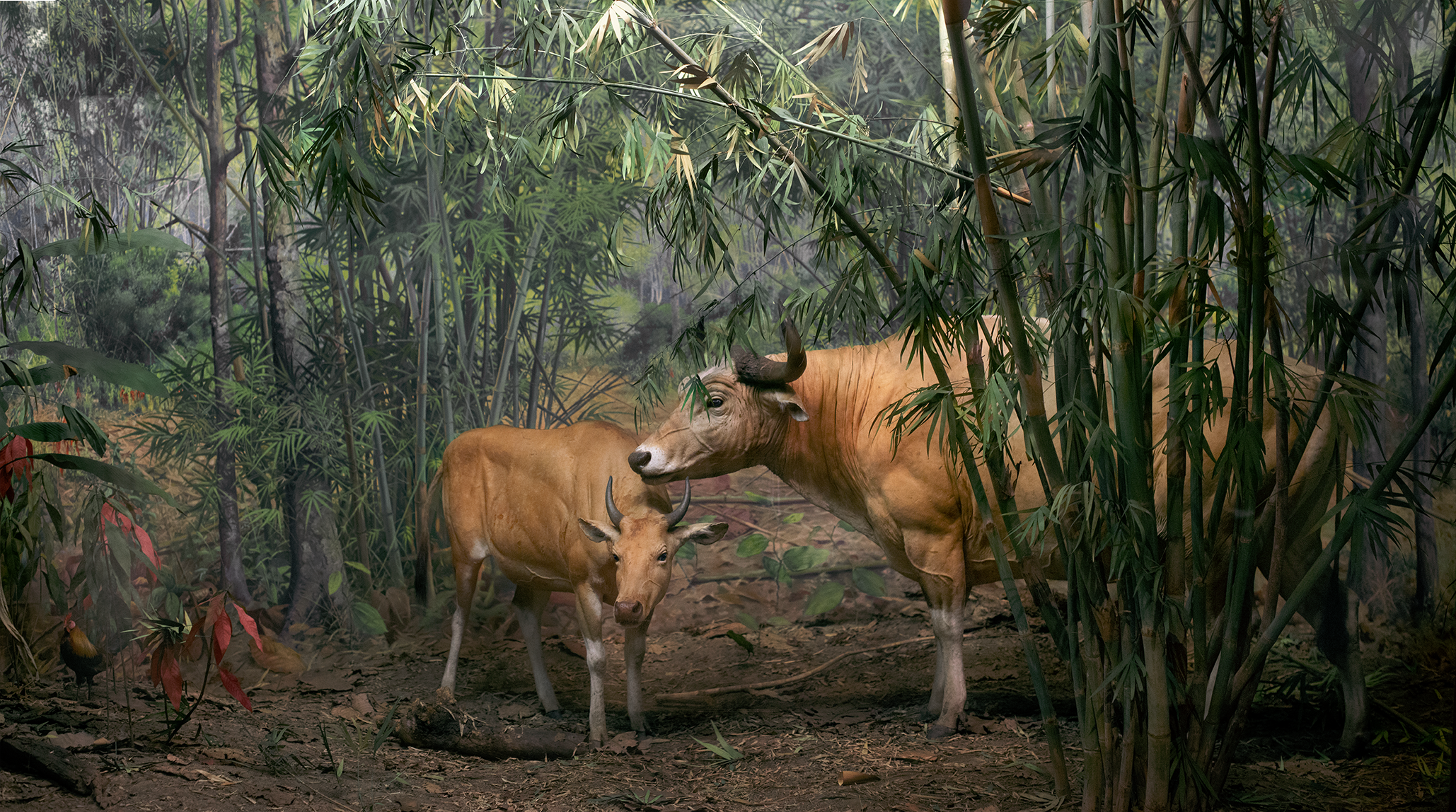
African Buffalo (Syncerus Caffer) Tinga-Tinga Kubwa, Kenya - American Museum of Natural History, NY. 63 x 51 in (159 x 129 cm) Archival pigment print Ed. of 6
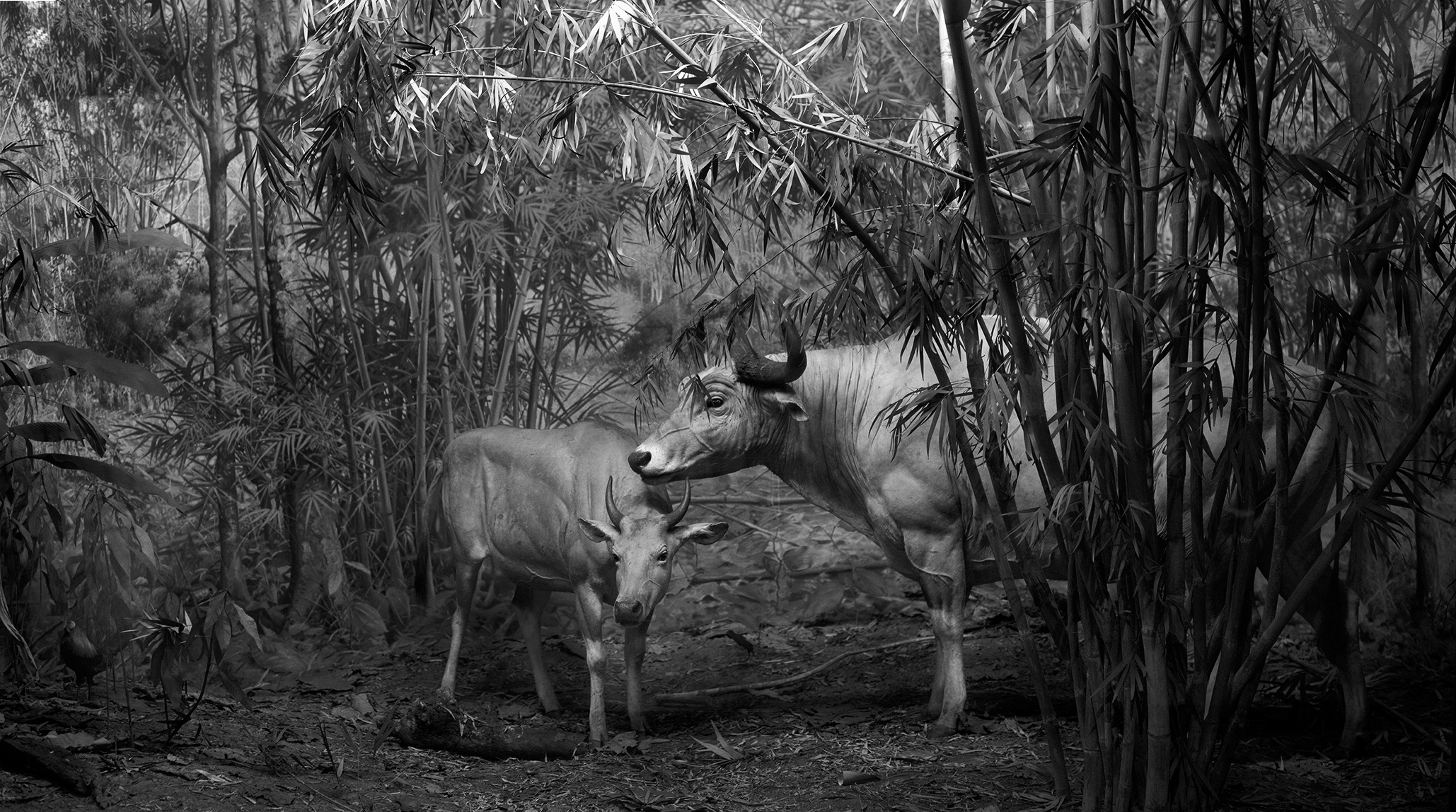
African Buffalo (Syncerus Caffer) Tinga-Tinga Kubwa, Kenya - American Museum of Natural History, NY. 63 x 51 in (159 x 129 cm) Silver gelatin print Ed. of 6
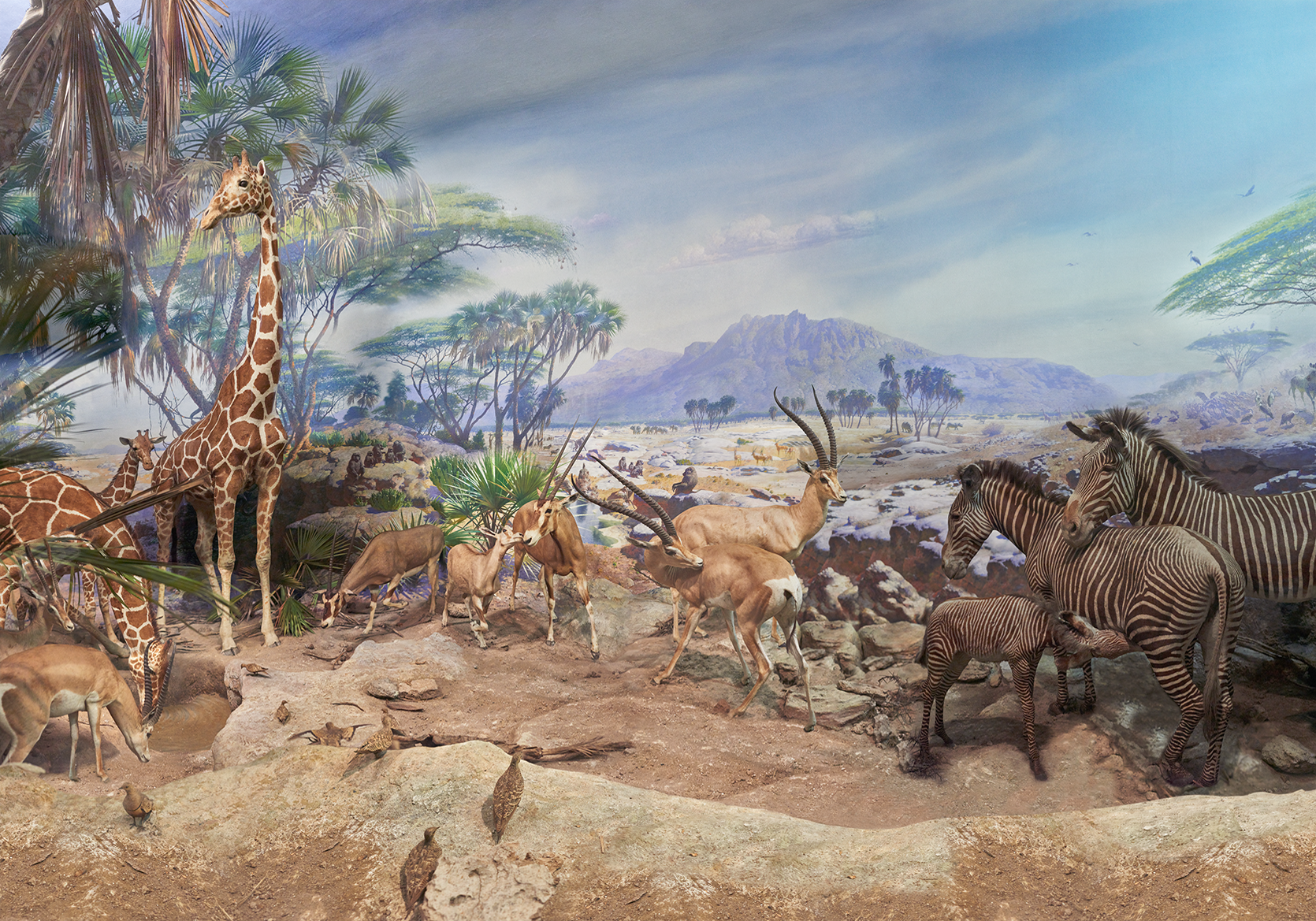
Water Hole. Giraffe (Giraffa Camelopardalis) - Grevy's Zebra (Equus Grevyi) - Beisa Oryx (Oryx Gazella Beisa) - Grant's Gazelle (Gazella Granti) - Olive Baboon (Papio Anubis) - Guaso Nyiro River Valley, Kenya - American Museum of Natural History, NY. 63 x 43 in (159 x 111 cm) Archival pigment print Ed. of 6
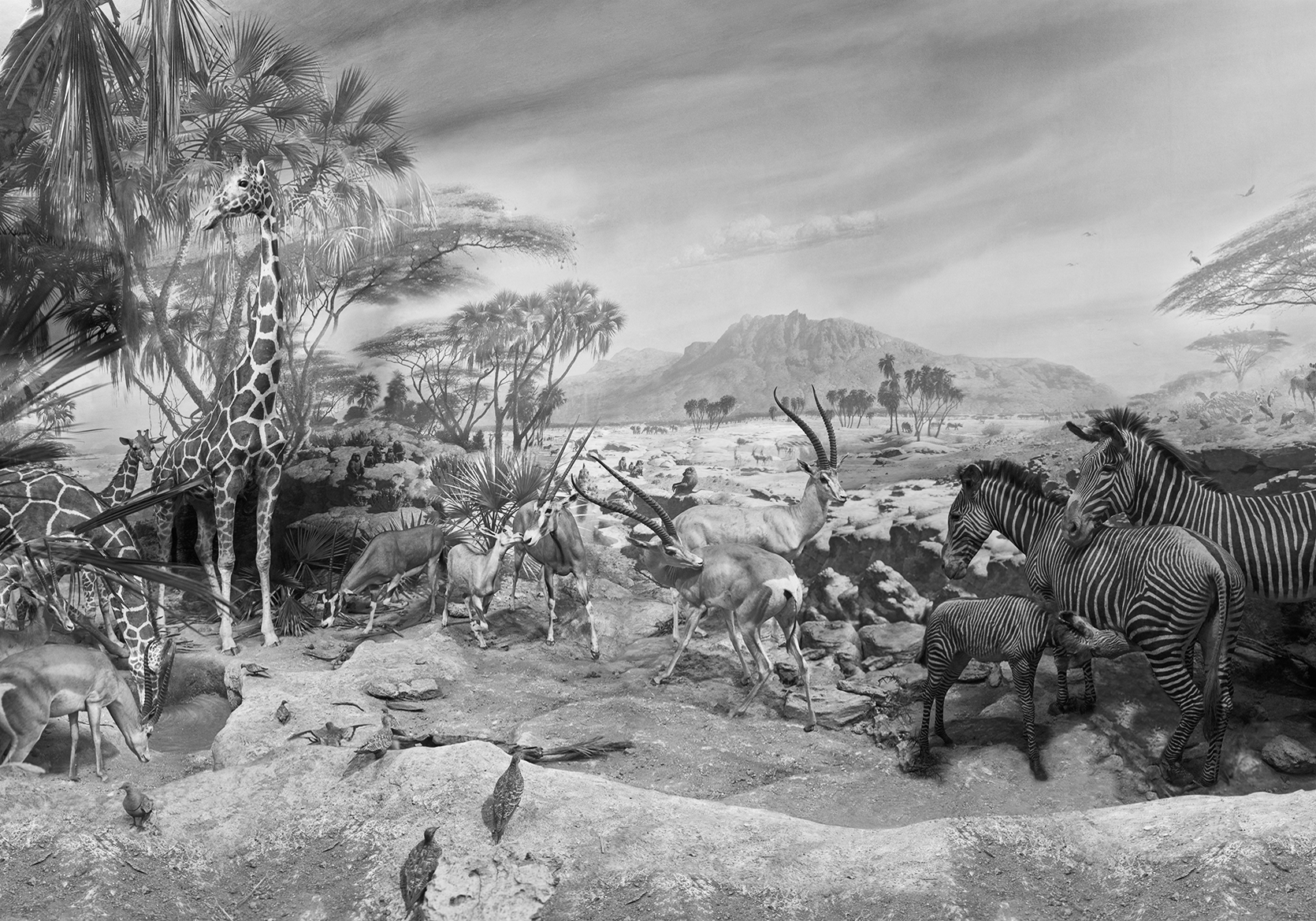
Water Hole. Giraffe (Giraffa Camelopardalis) - Grevy's Zebra (Equus Grevyi) - Beisa Oryx (Oryx Gazella Beisa) - Grant's Gazelle (Gazella Granti) - Olive Baboon (Papio Anubis) - Guaso Nyiro River Valley, Kenya - American Museum of Natural History, NY. 63 x 43 in (159 x 111 cm) Silver gelatin print Ed. of 6
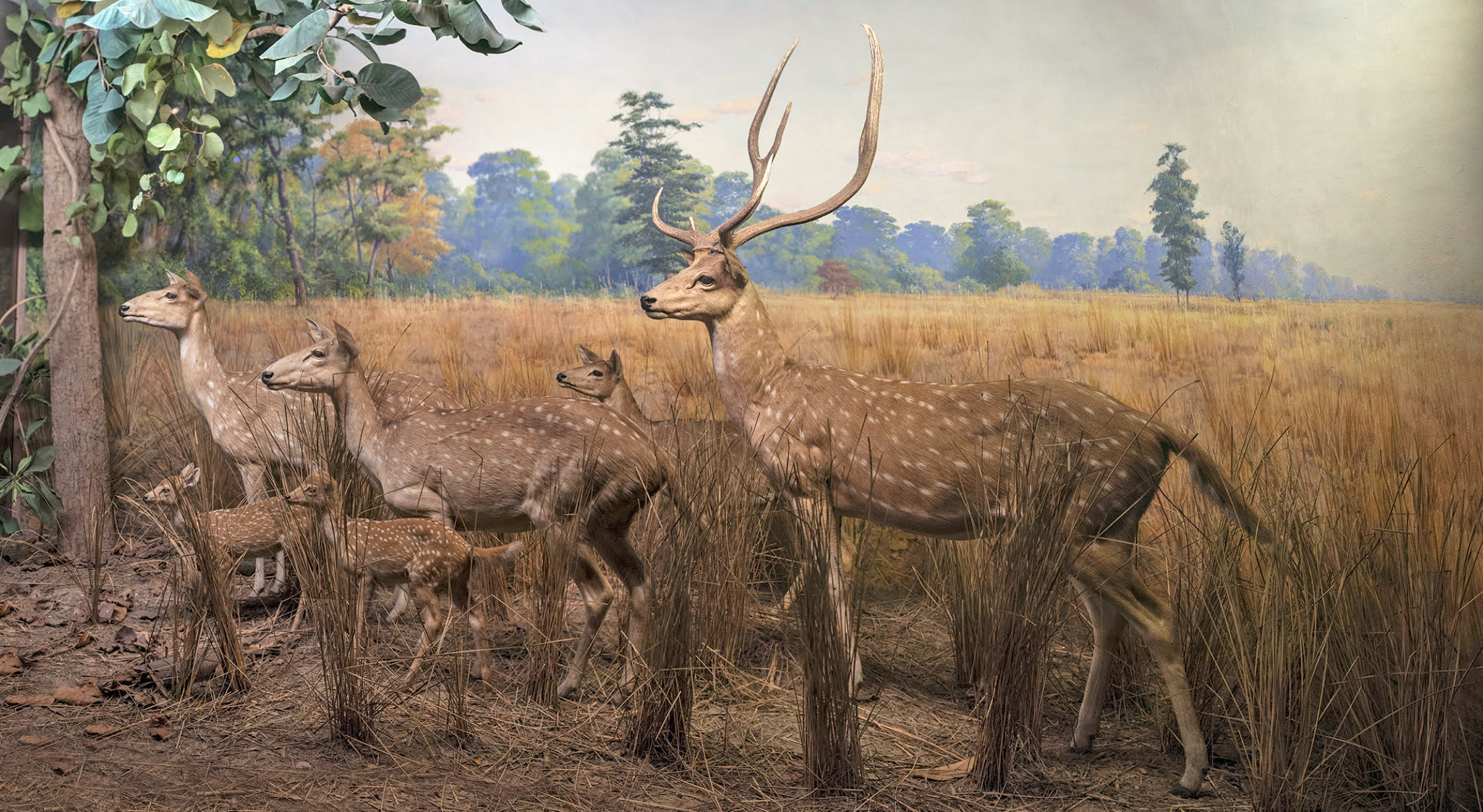
Chital or Axis Deer (Cervus Axis), India, Nepal, Bhutan, Bangladesh and Sri Lanka - American Museum of Natural History, NY. 63 x 34 in (159 x 87 cm) Archival pigment print Ed. of 6
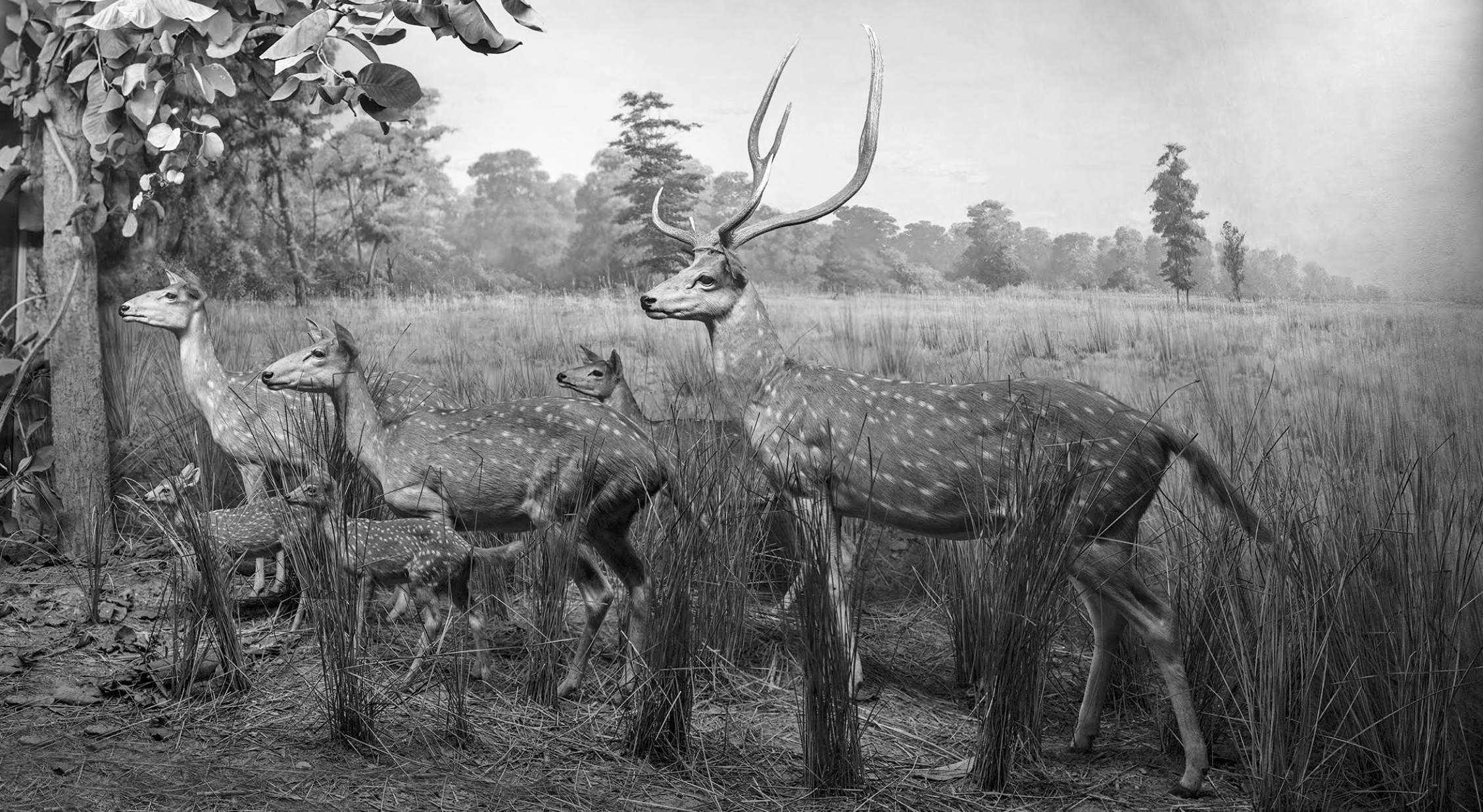
Chital or Axis Deer (Cervus Axis), India, Nepal, Bhutan, Bangladesh and Sri Lanka - American Museum of Natural History, NY. 63 x 34 in (159 x 87 cm) Silver gelatin print Ed. of 6
PORTALS TO NATURE
A portal is a gateway or entry to something else, in this case to the natural world preserved in the diorama displays in museums. I have long been fascinated with these displays that combine so many fine art skills. The backgrounds were often painted by well-known landscape painters, a display of national pride. Photography compresses the three-dimensional to two dimensions, heightening the feeling of reality. In my work, I often took hundreds of images from many angles and built up the scene for a single picture. At times, I have combined elements from real animals or nature with the displays. Each image has taken several weeks to produce. Some of the dioramas featured in my photographs no longer exist. I realize that in parallel with the natural world, the diorama is being phased out for virtual reality displays. This series is also available in black and white as silver gelatin prints, again inbuing these images with a sense of time travel.

































